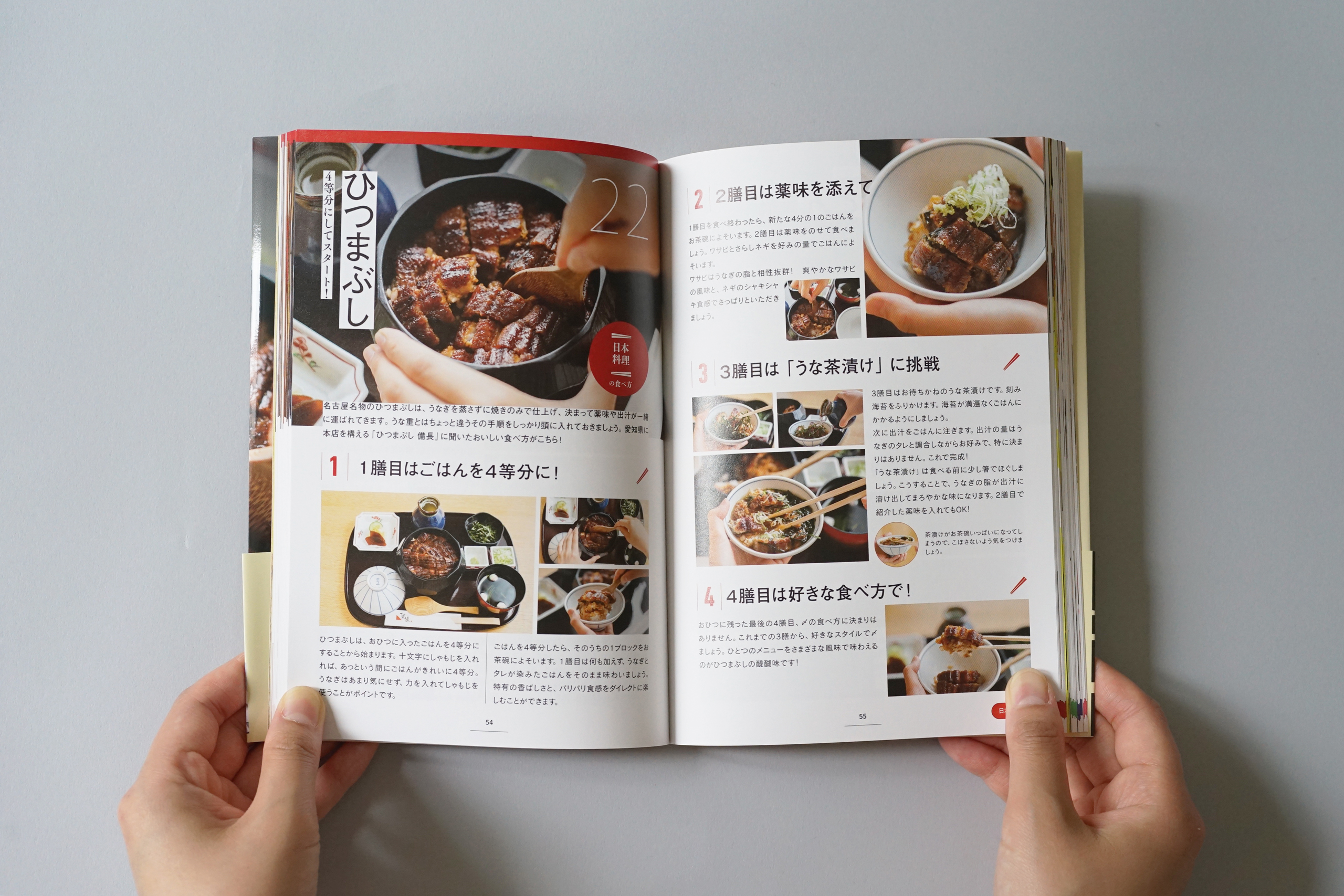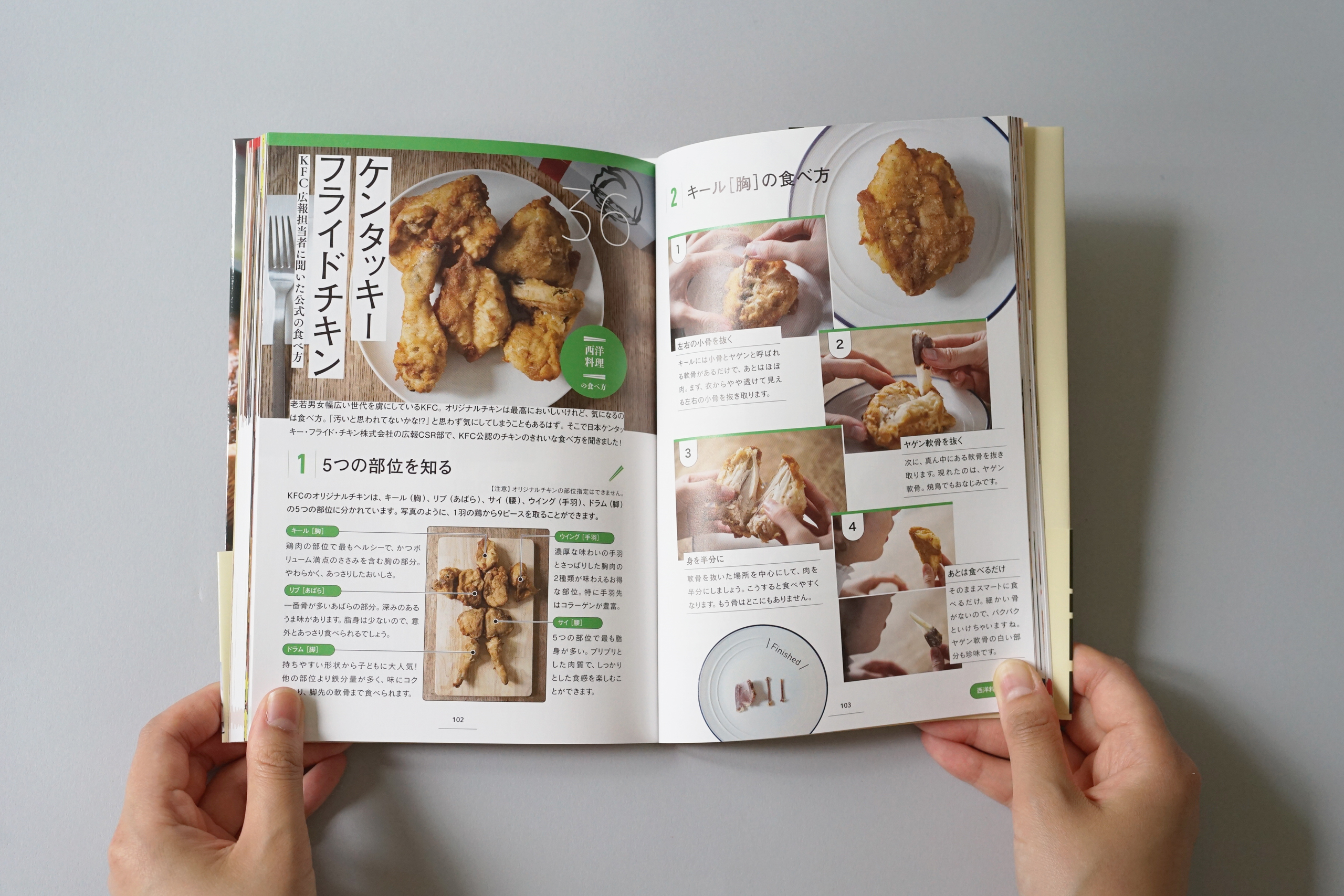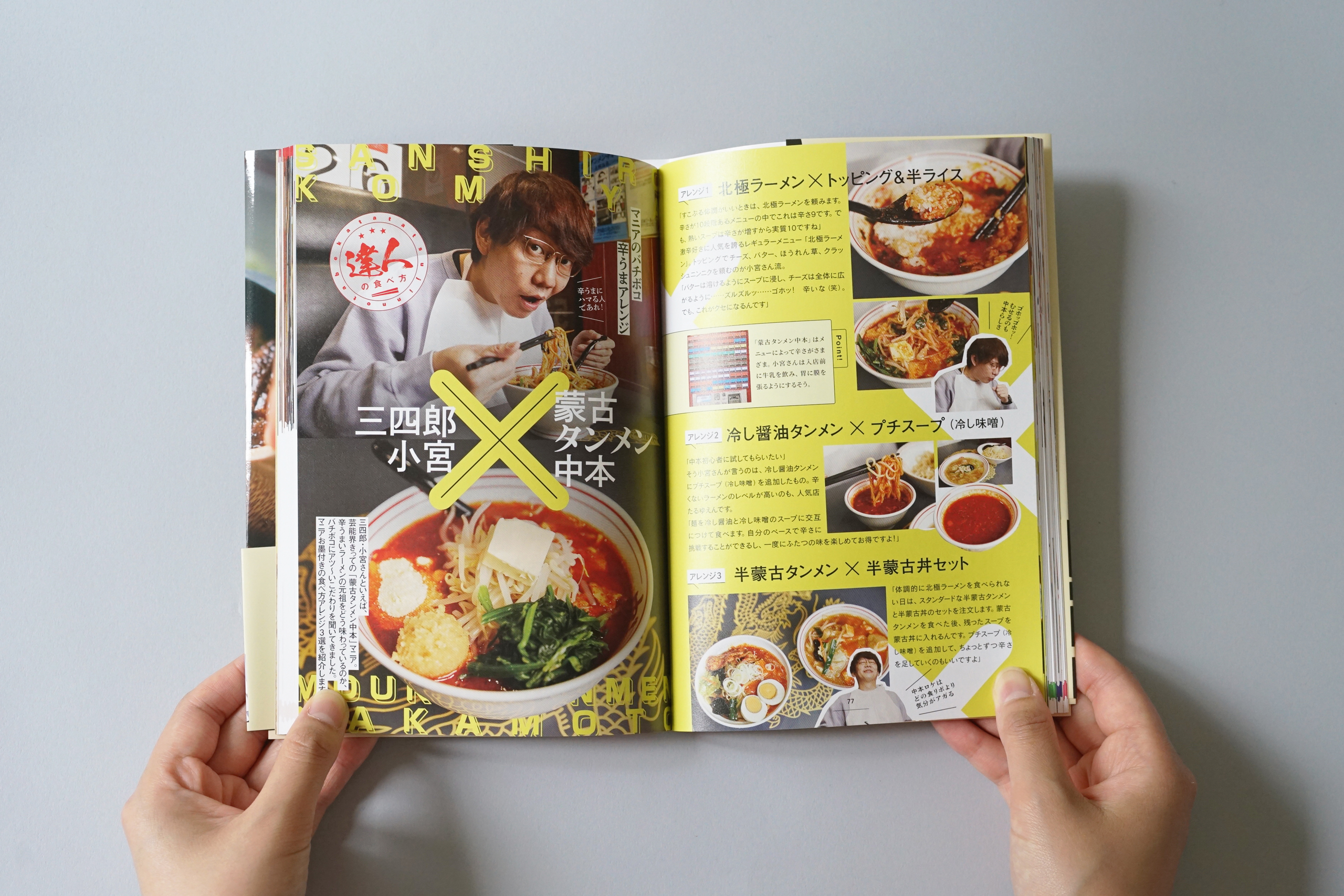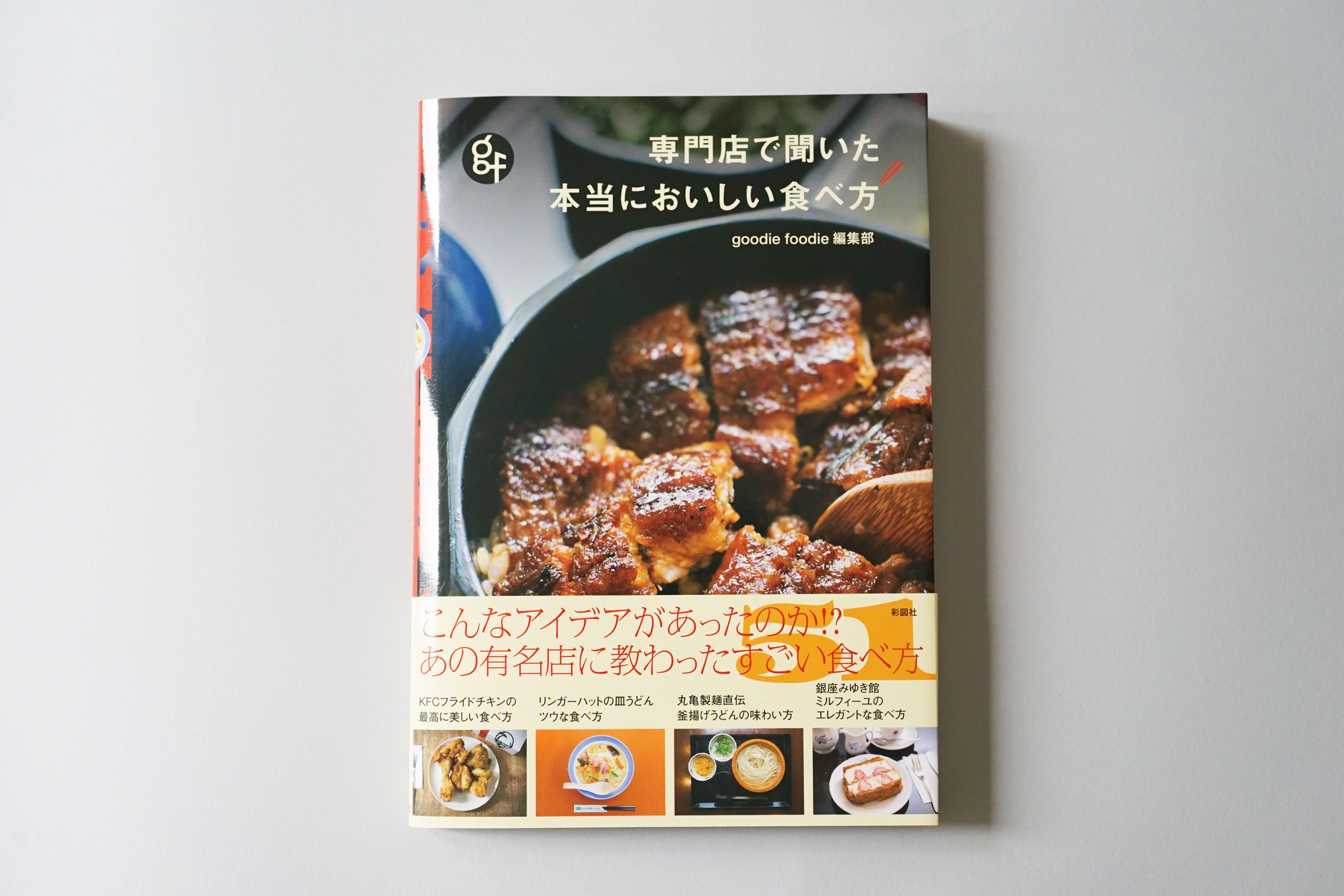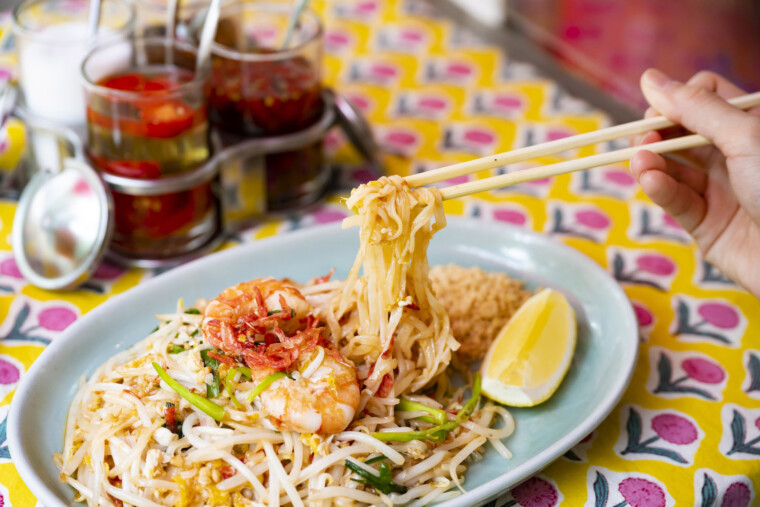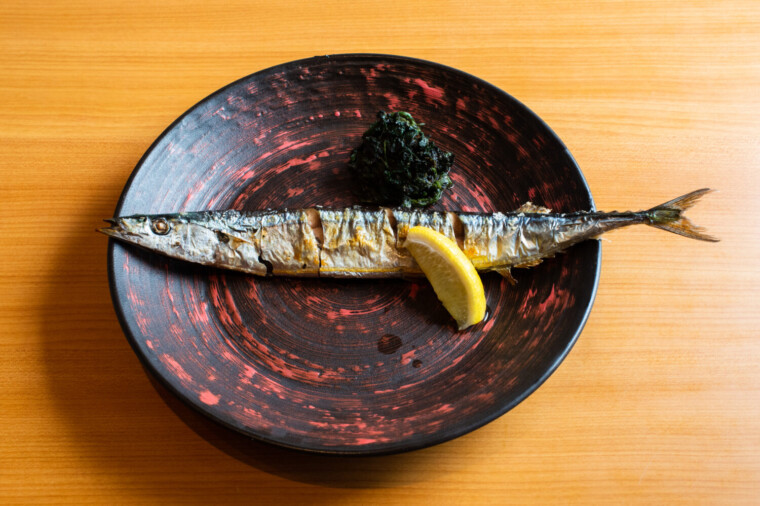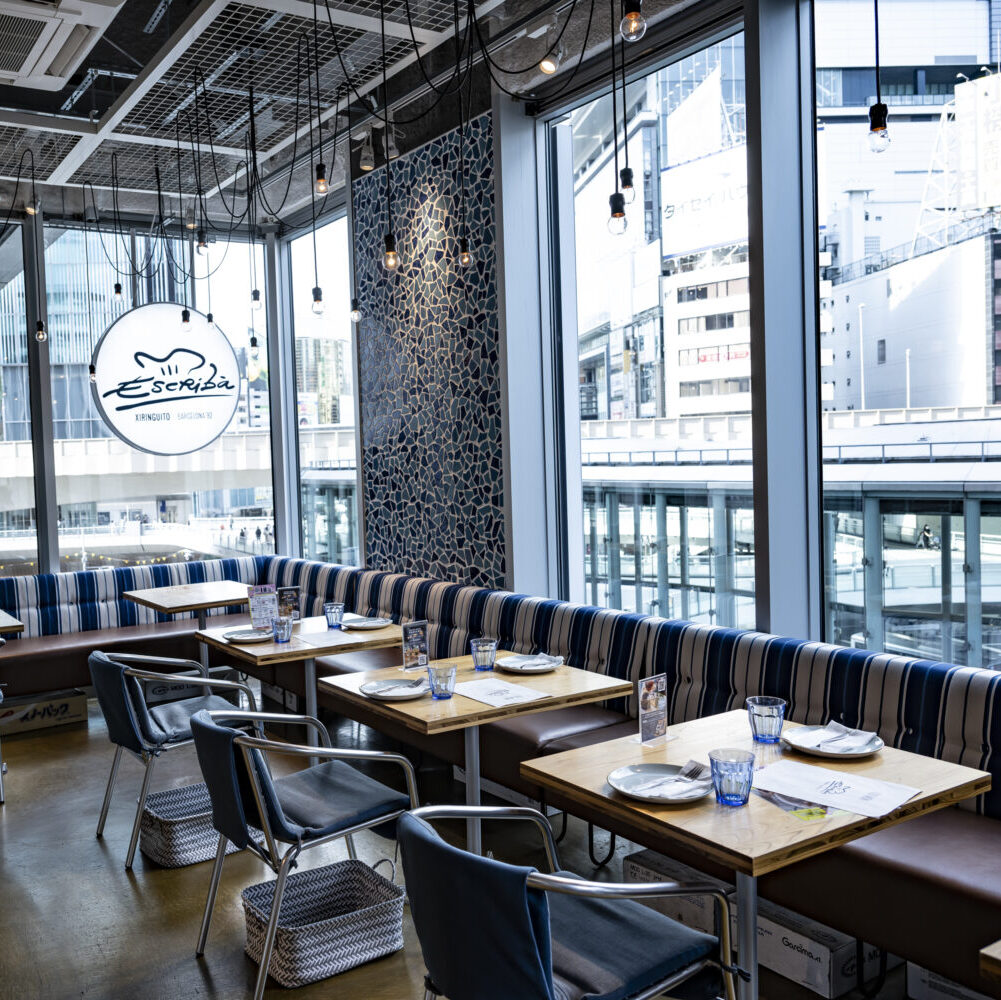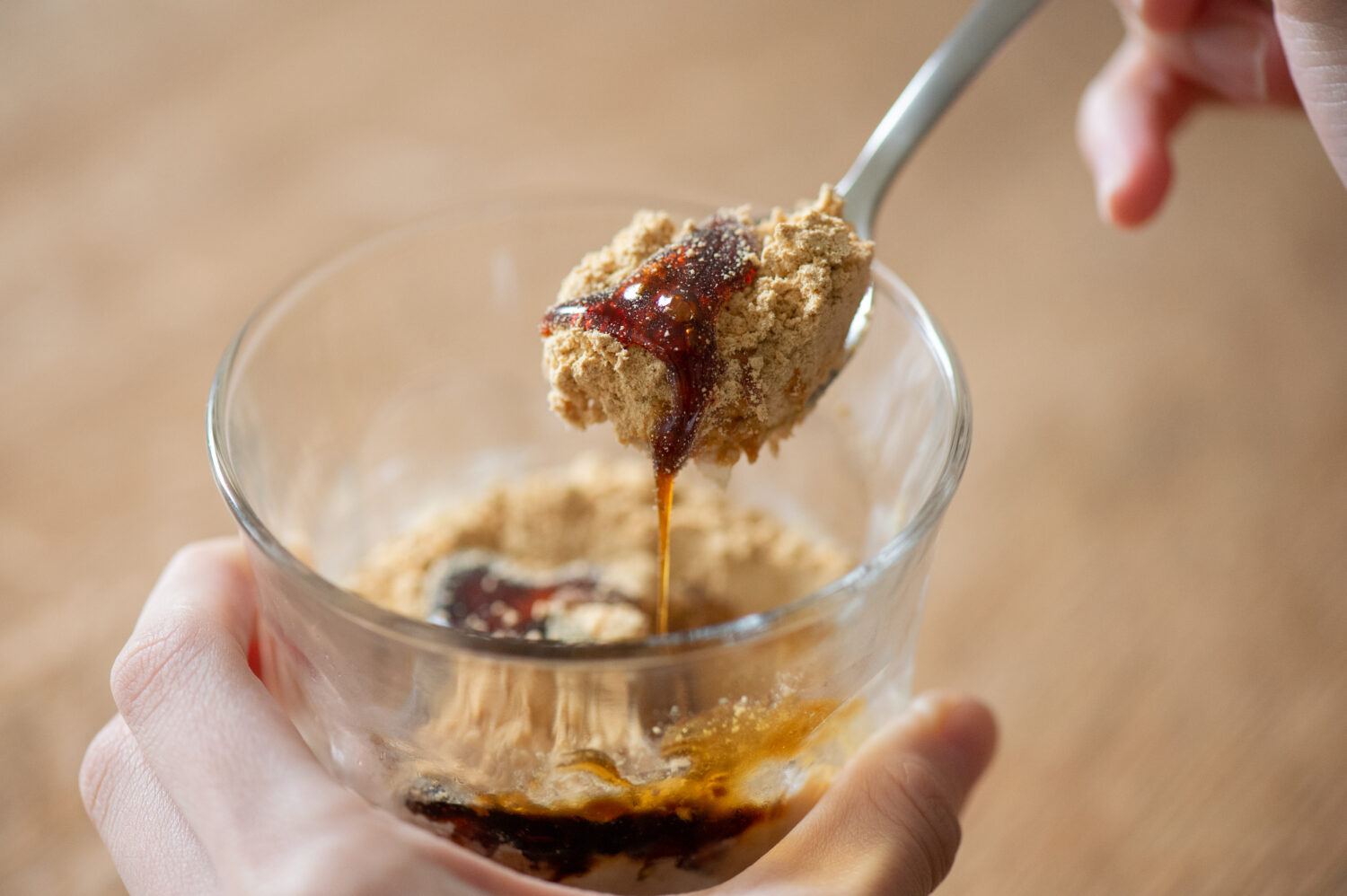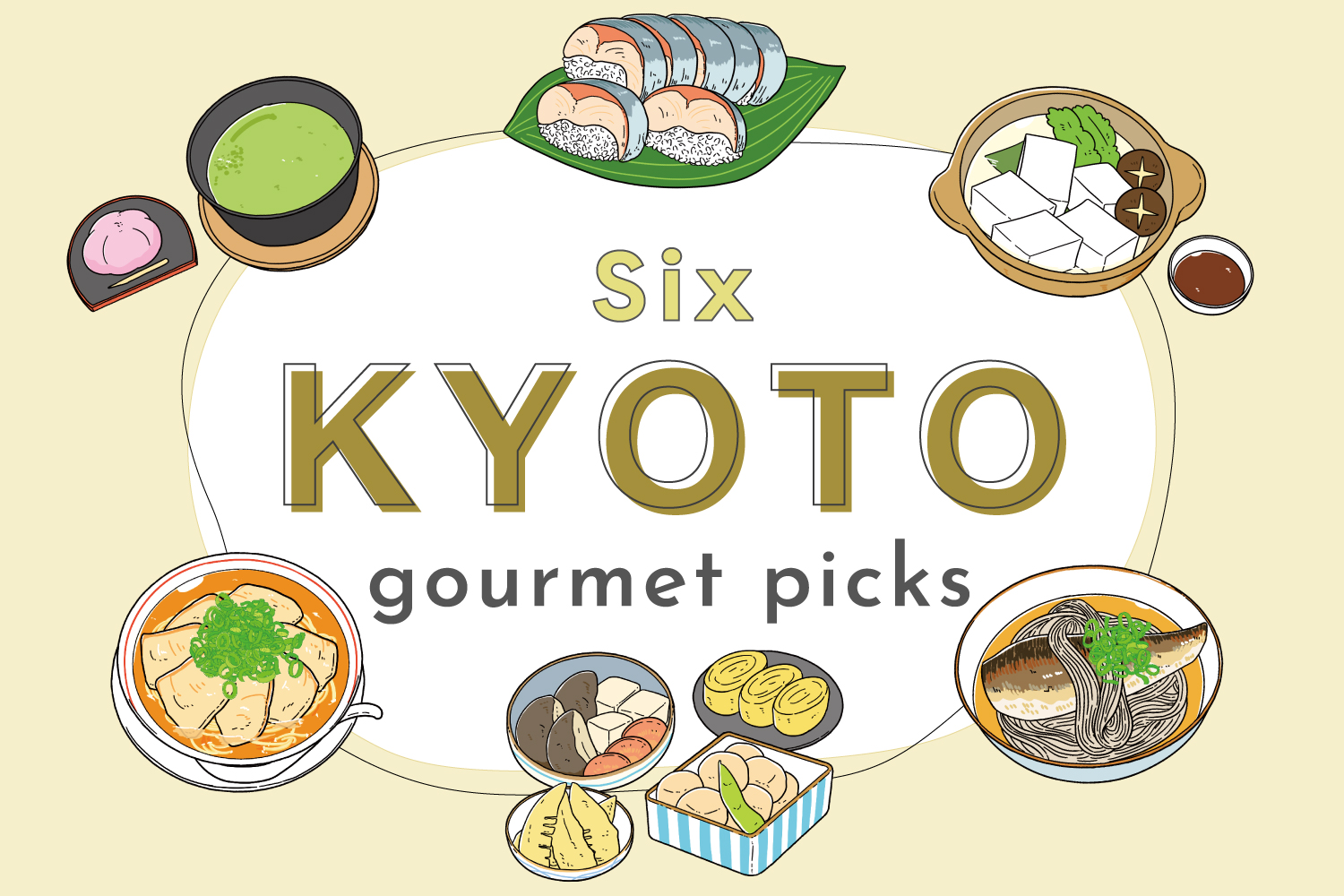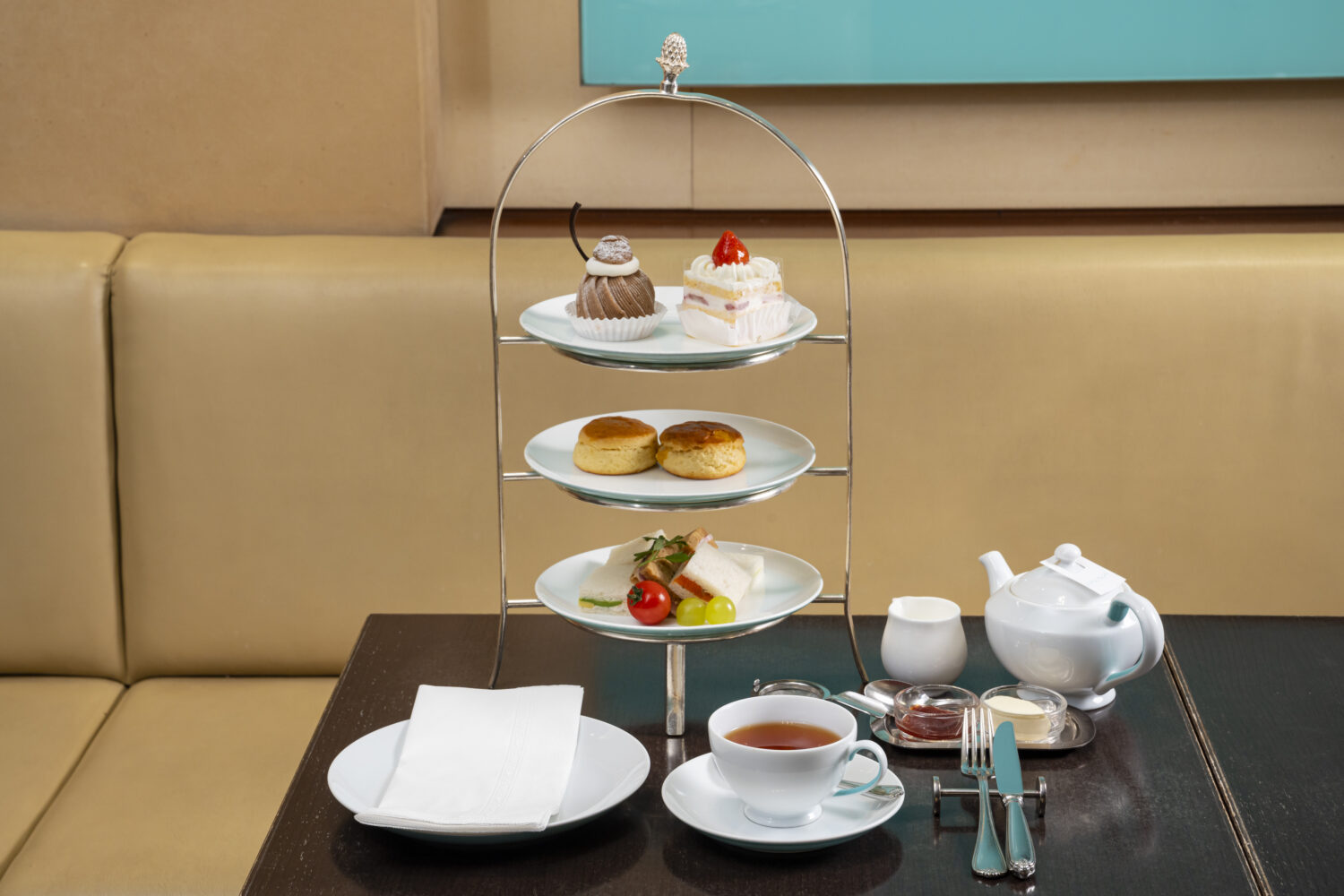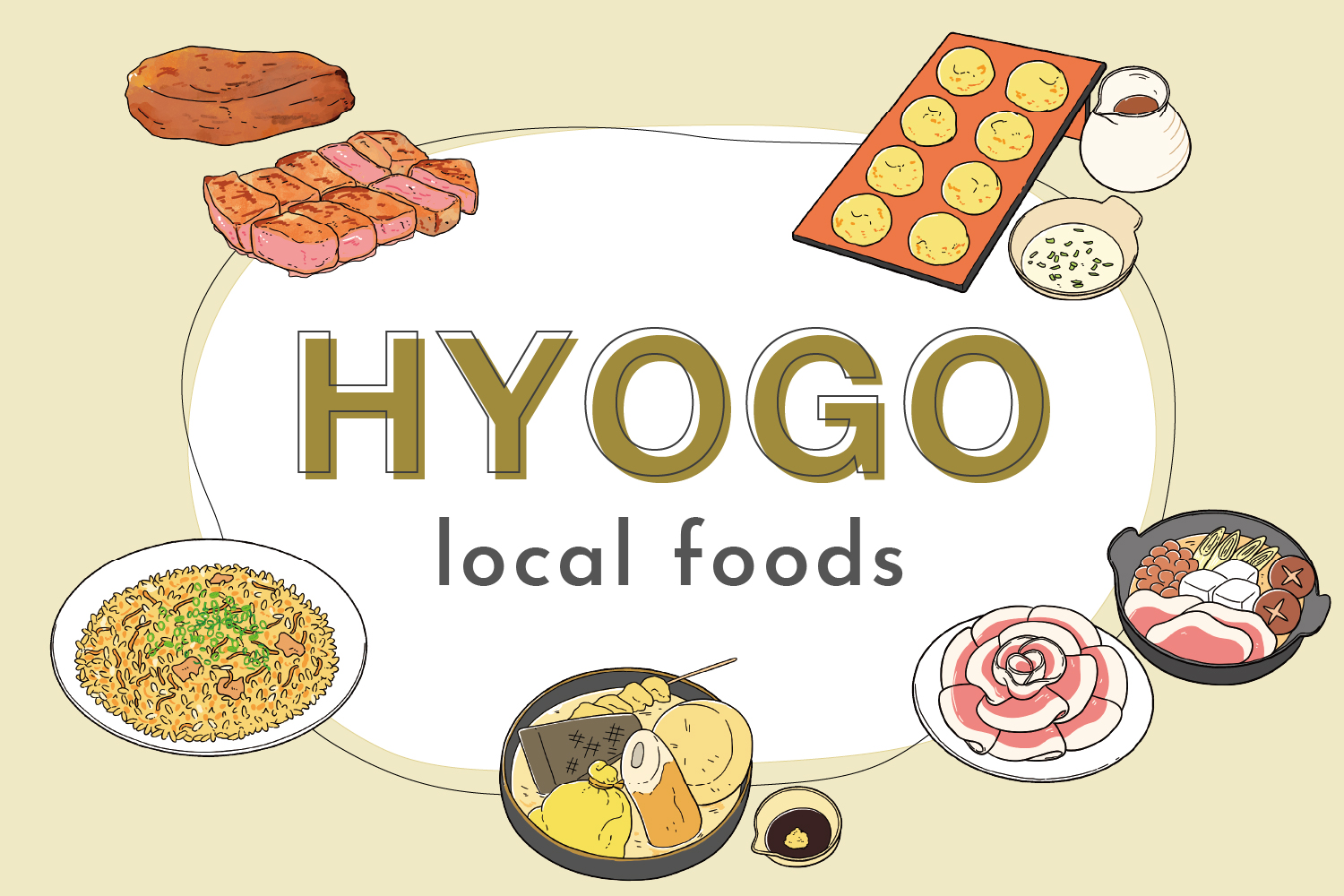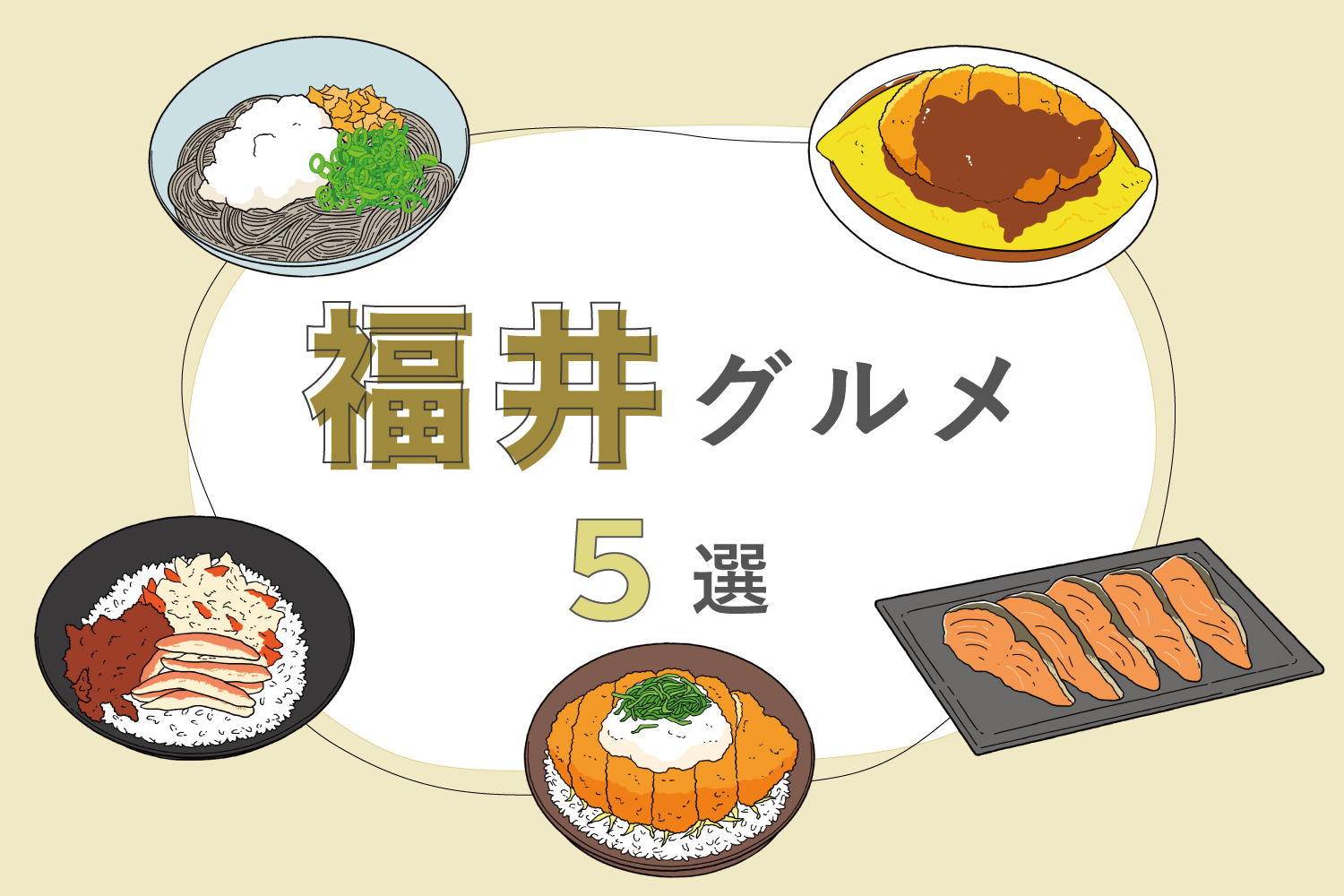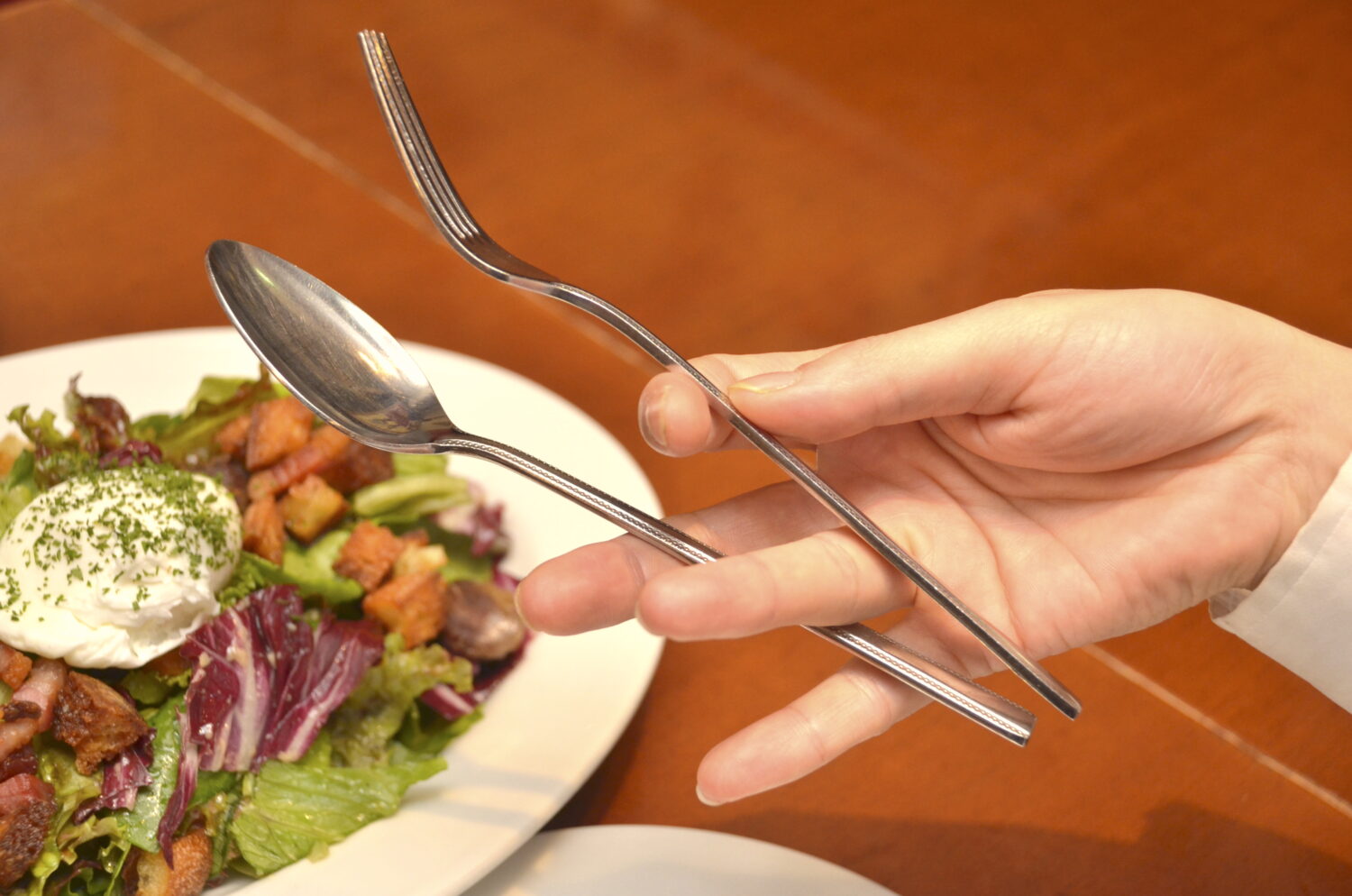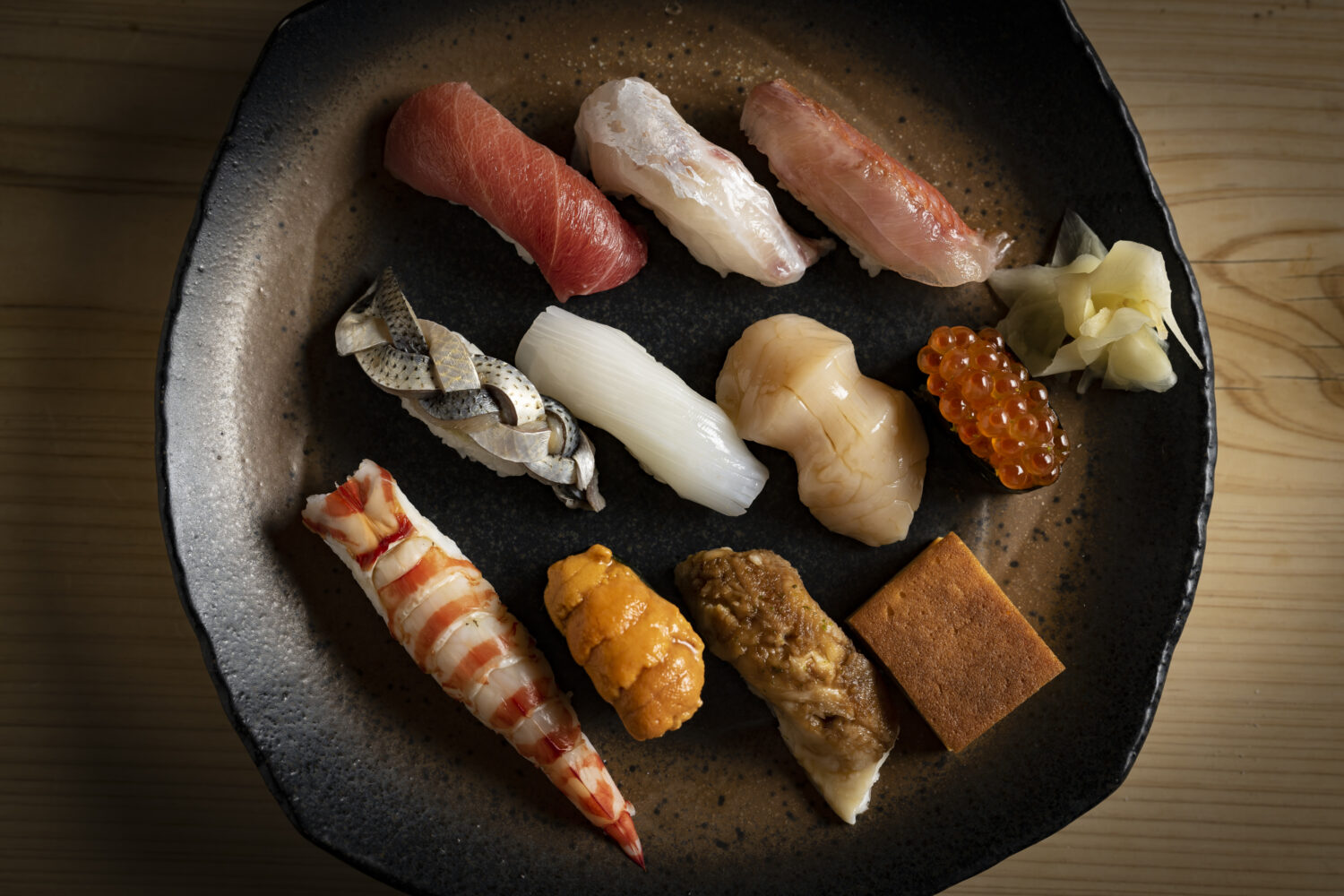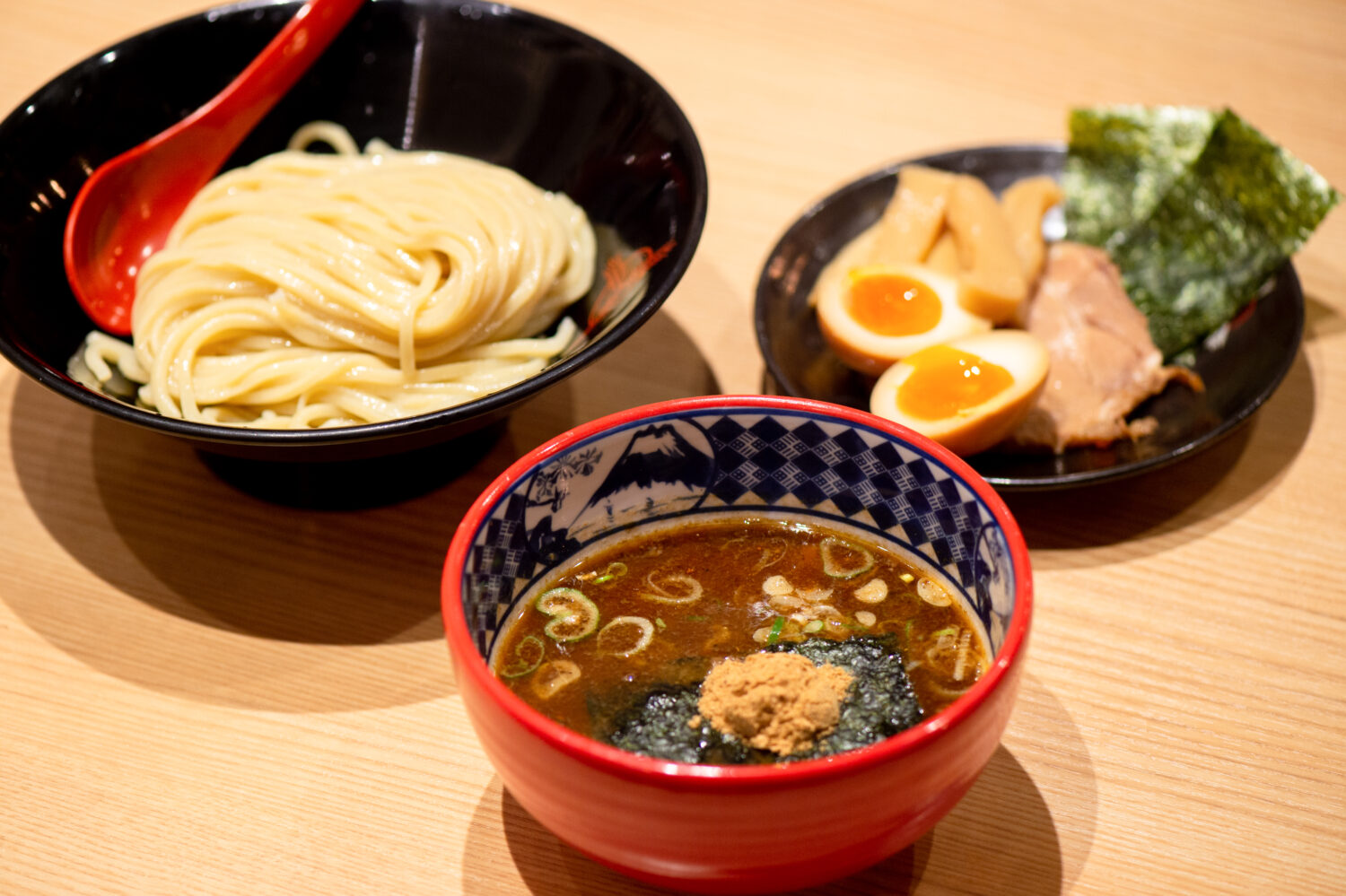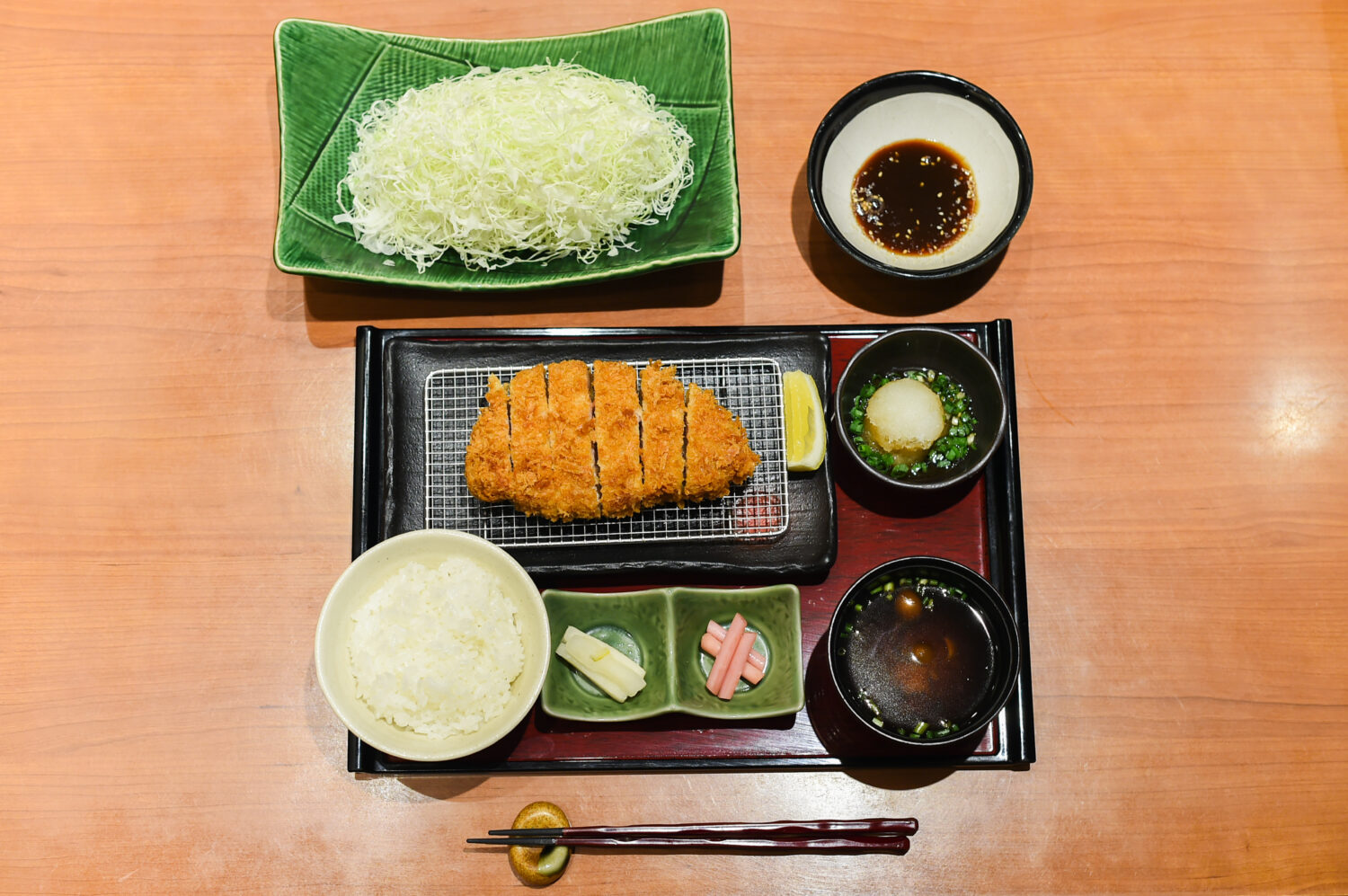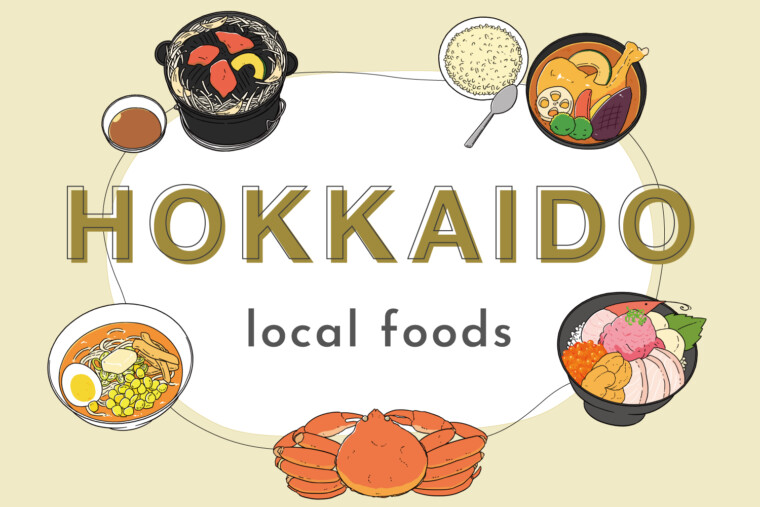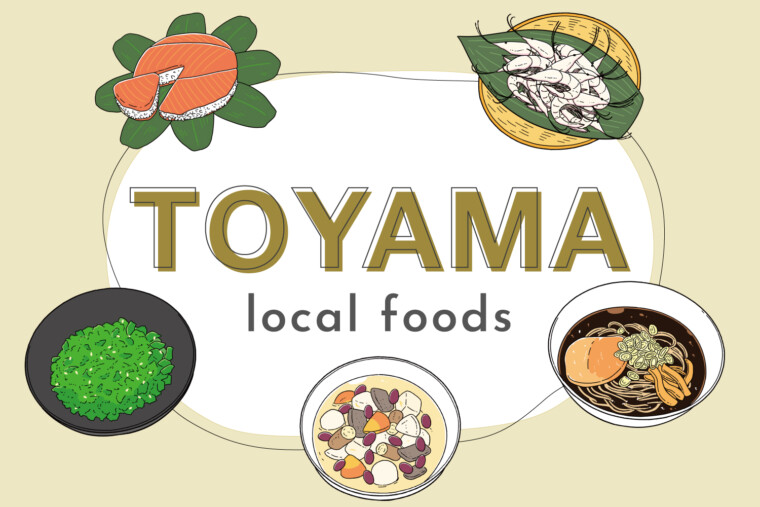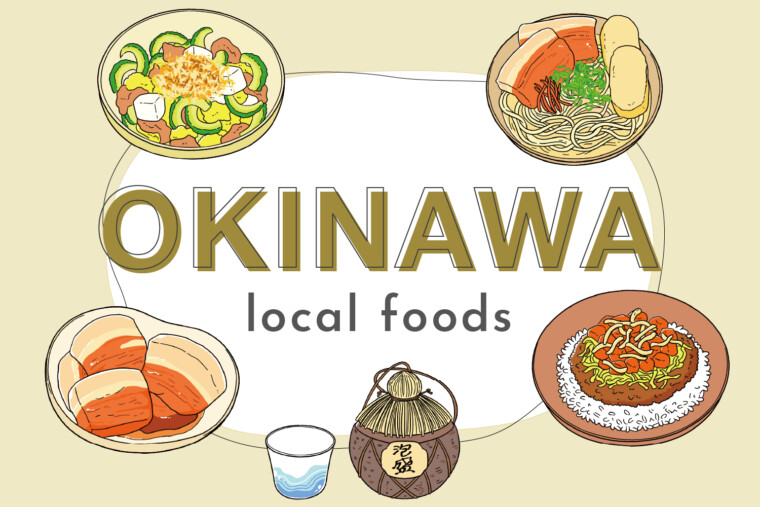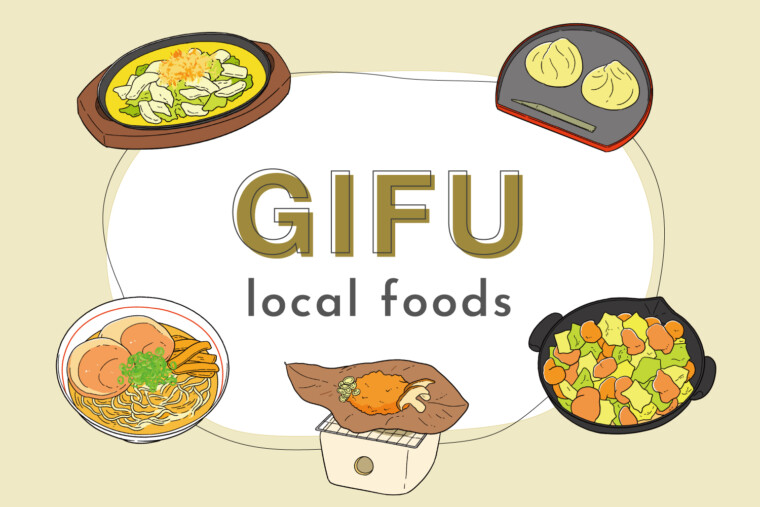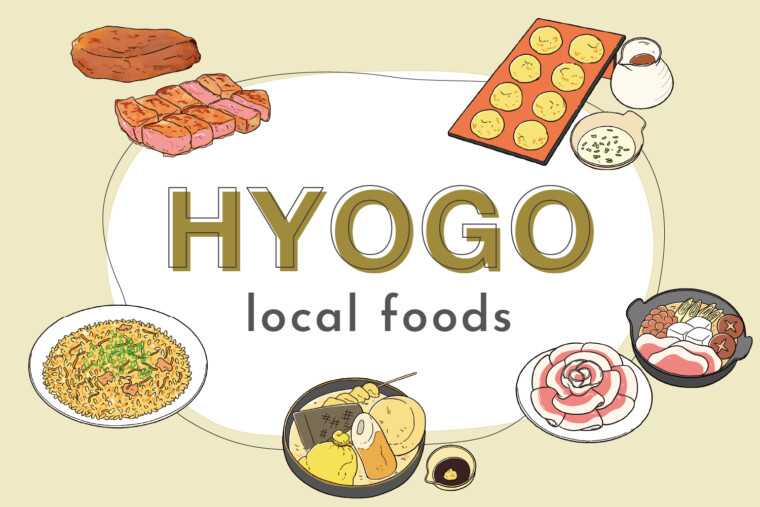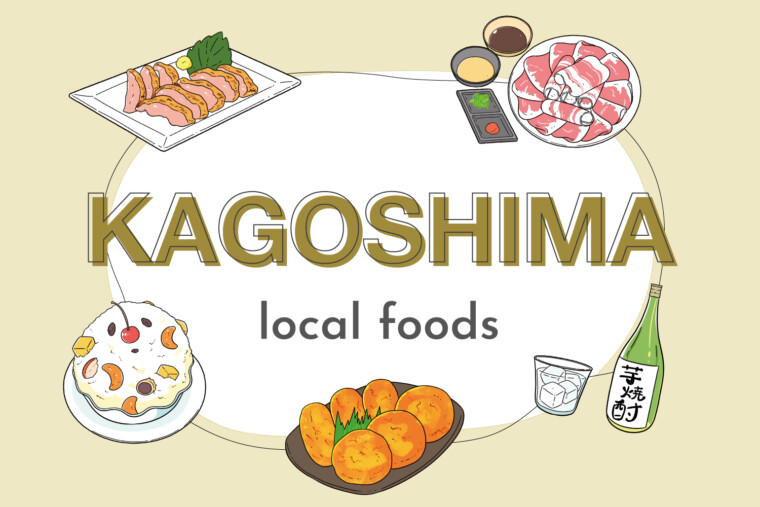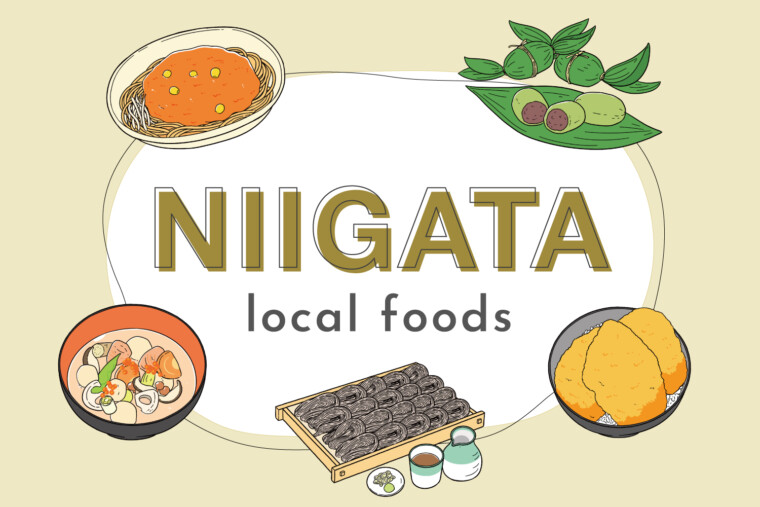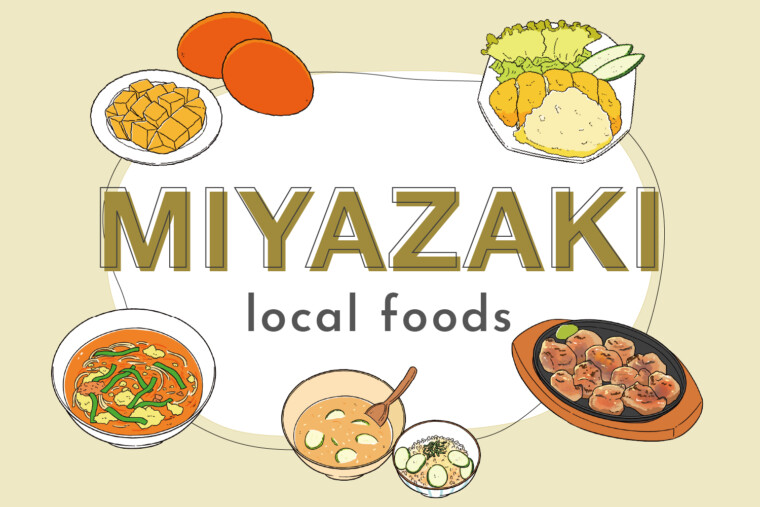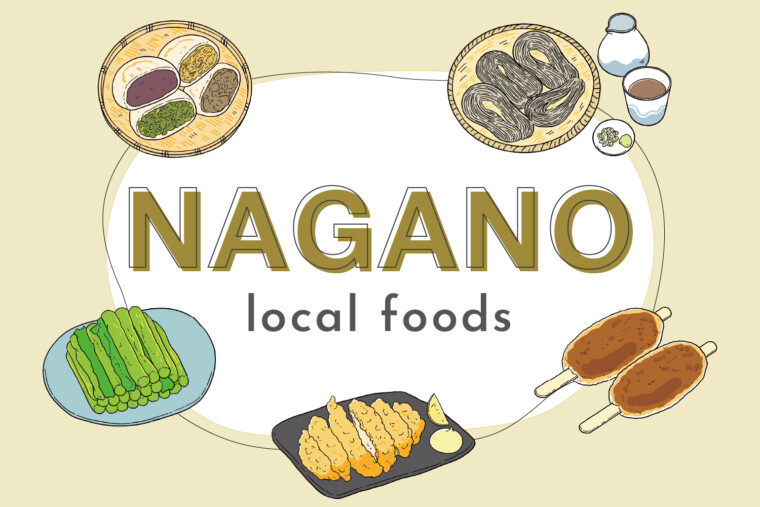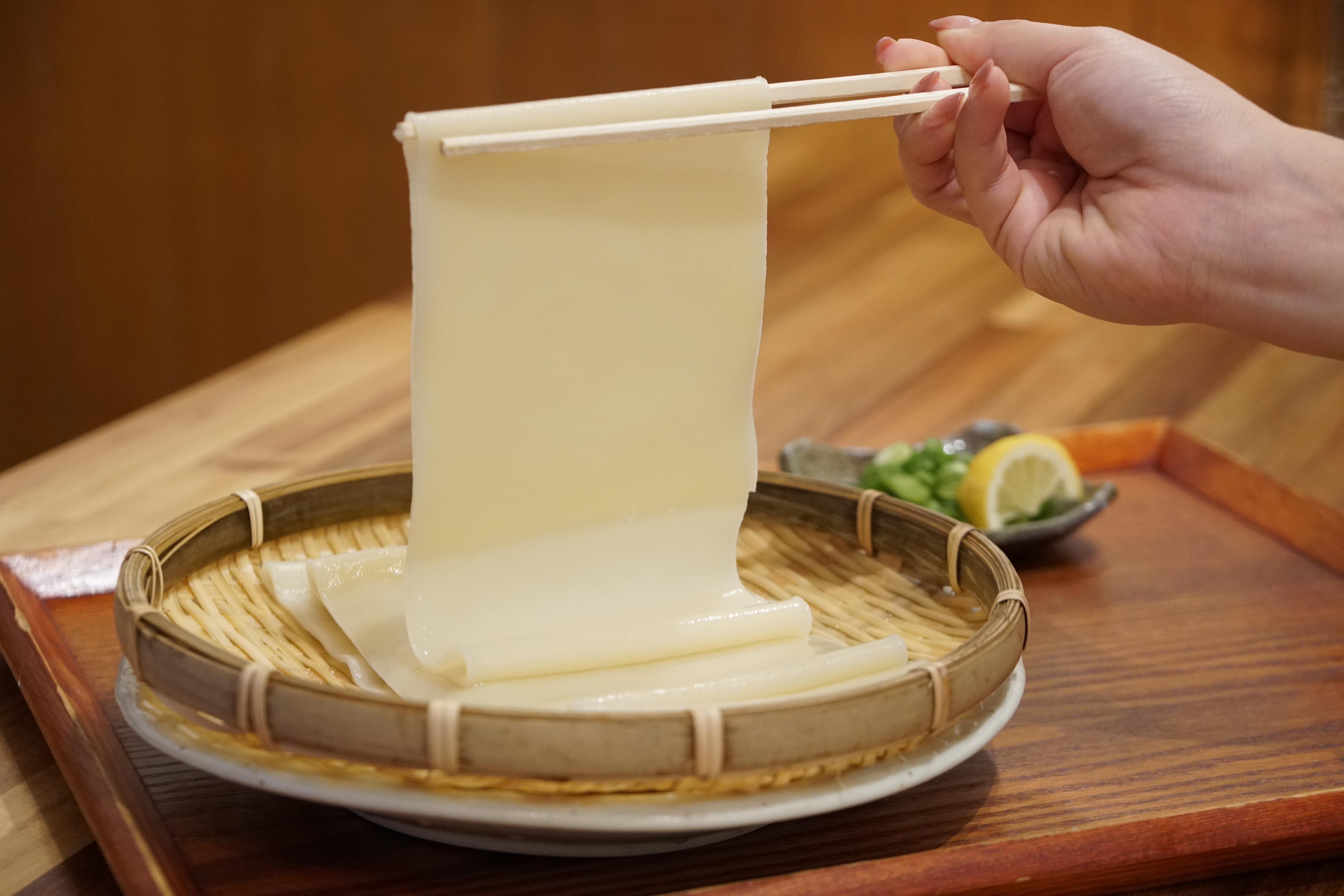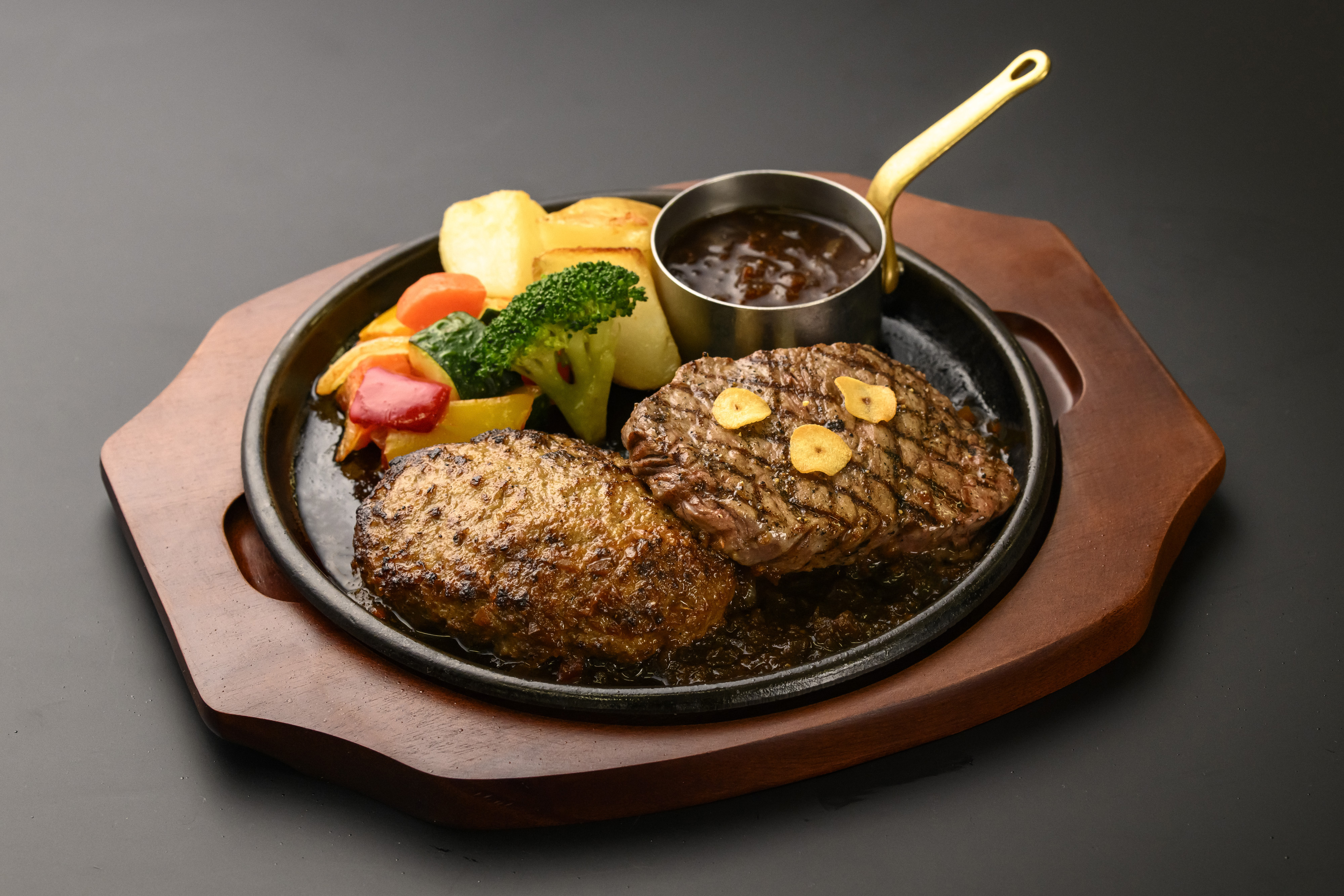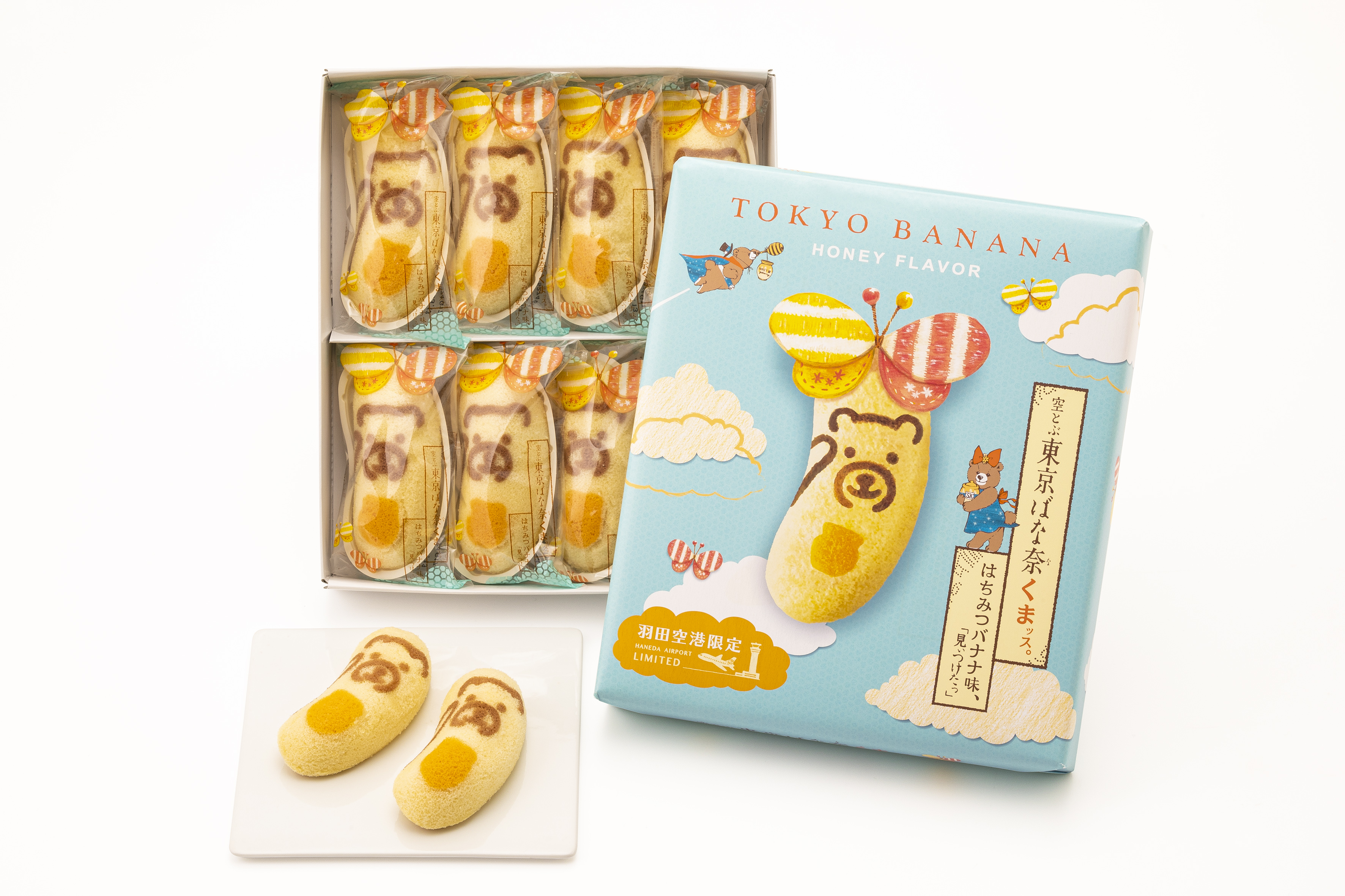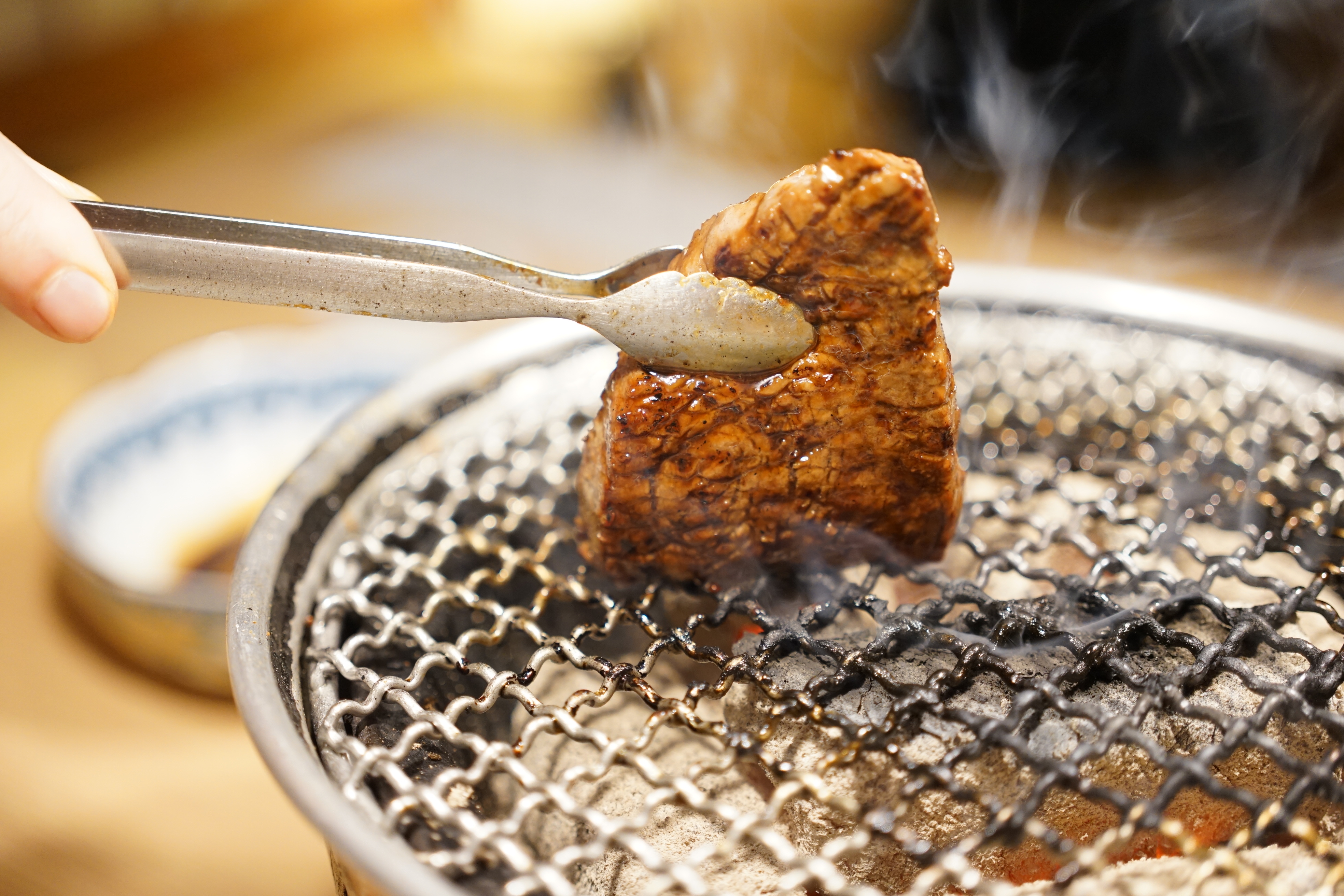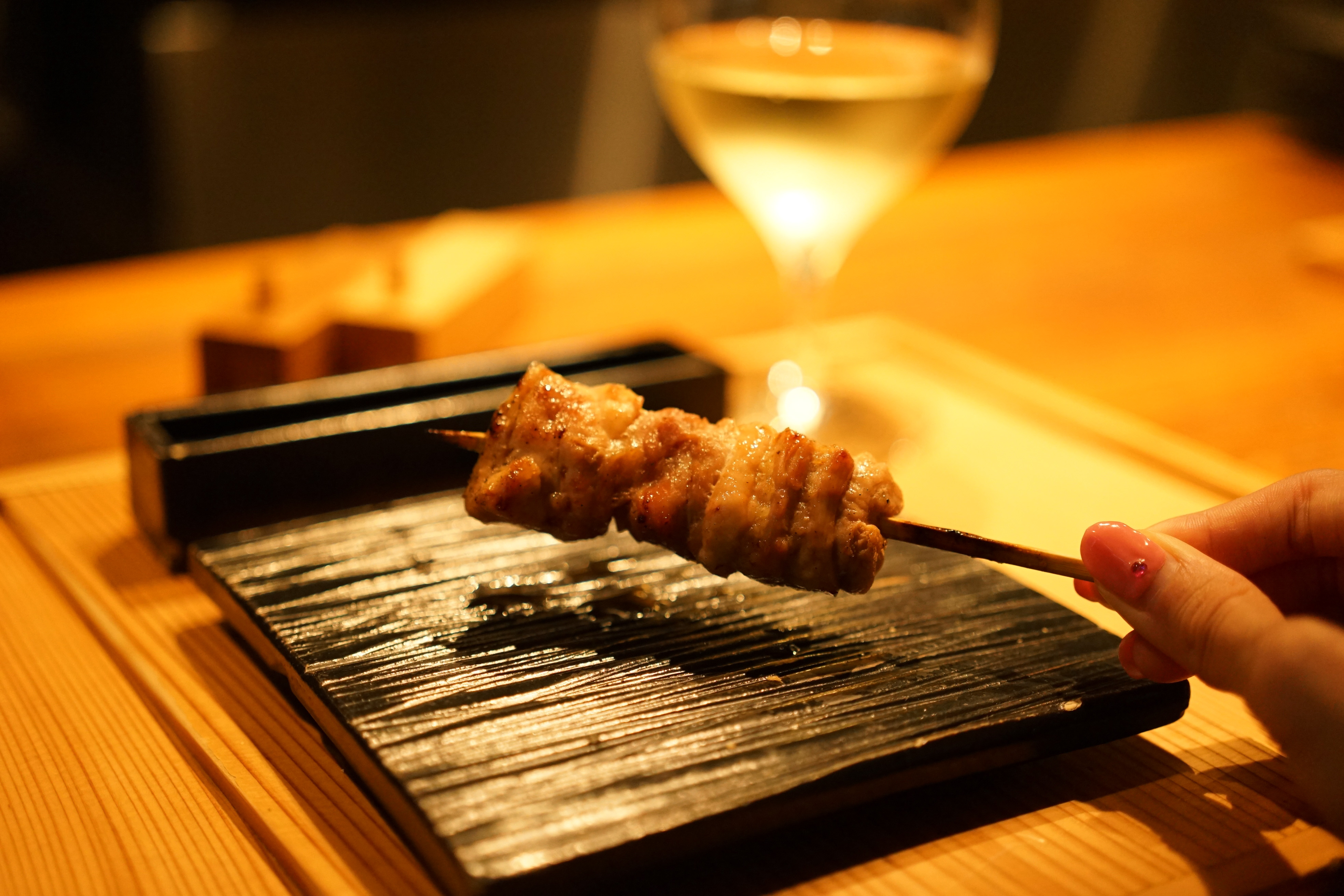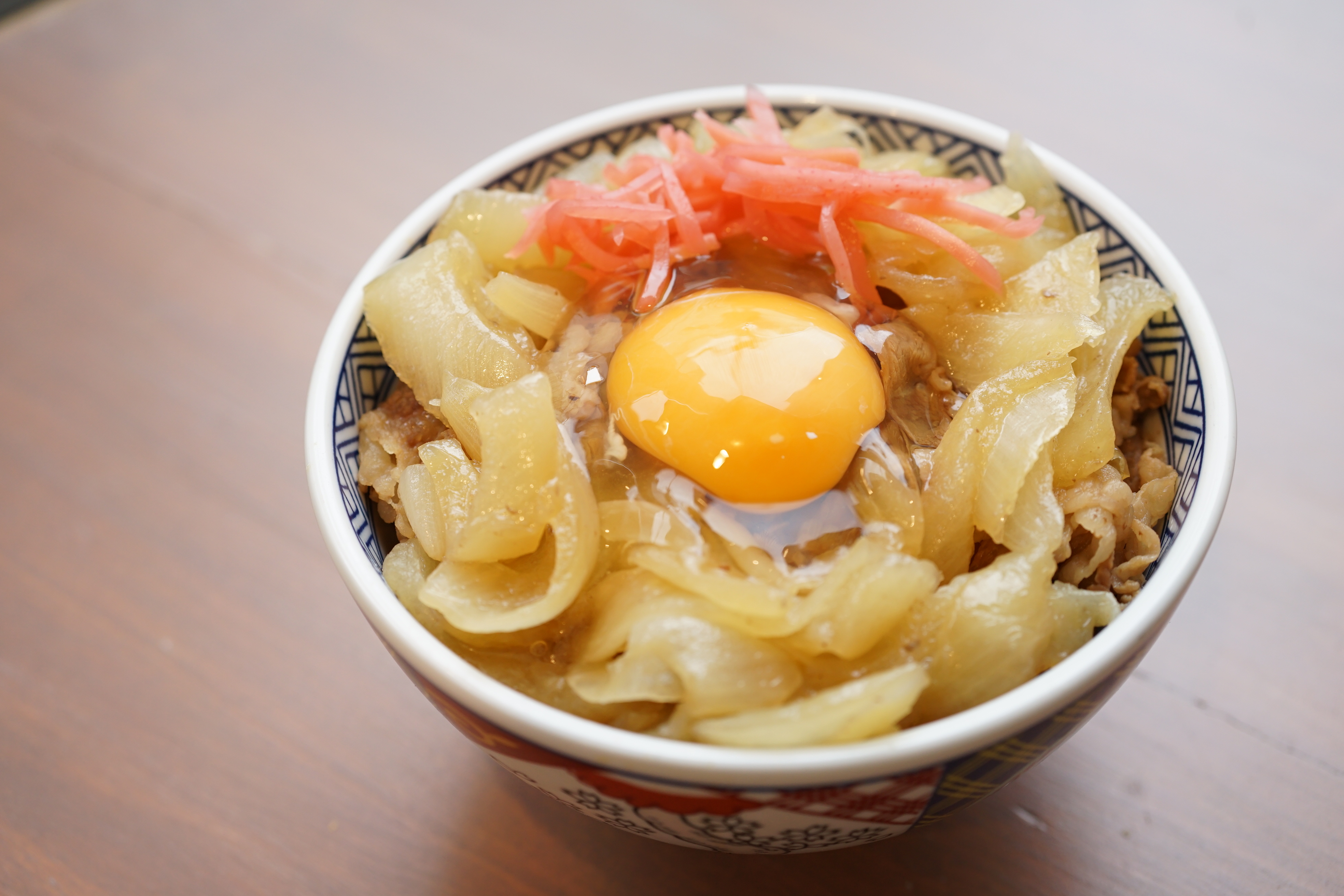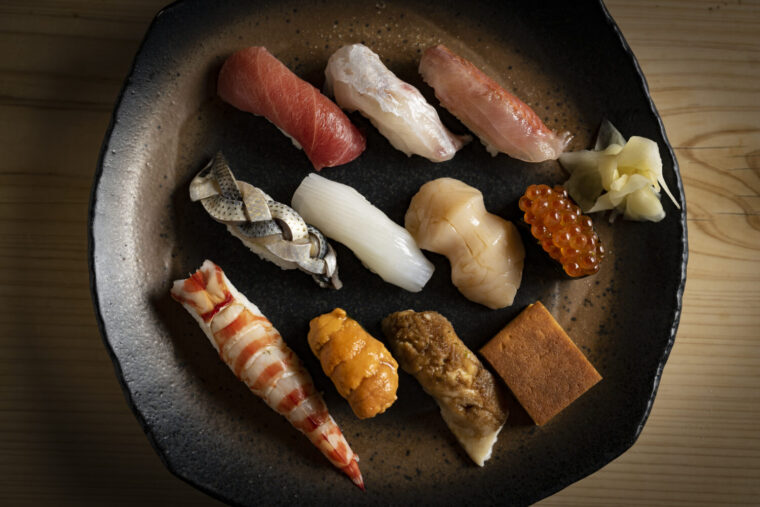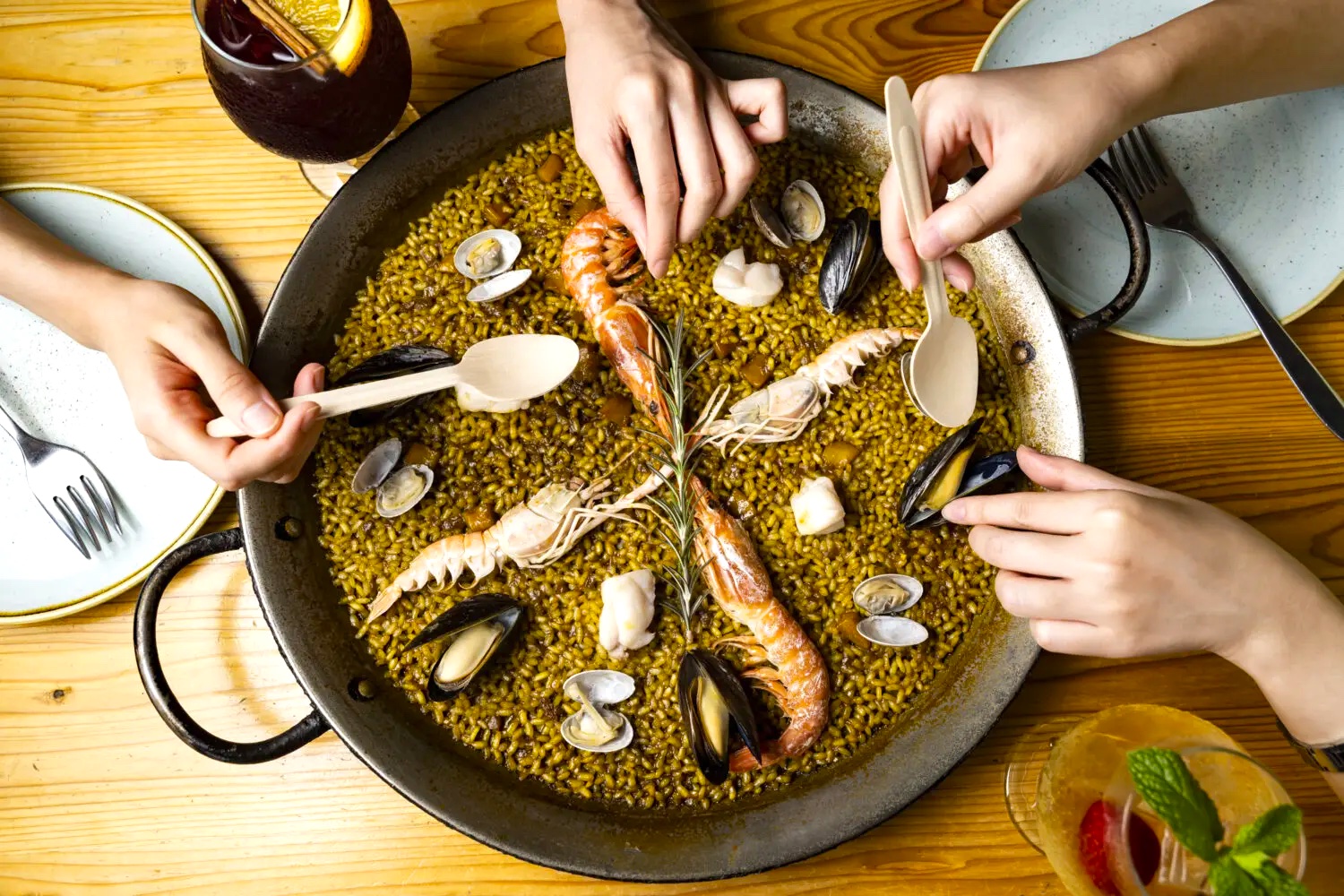
How to Eat Paella Like a Spaniard: Tips for Savoring Authentic Spanish Flavors
Paella is a beloved Spanish dish often enjoyed on holidays. It’s a Spanish-style rice dish cooked in a shallow pan with Valencia rice and various ingredients. This time, we visited the specialty restaurant “XIRINGUITO Escribà” to learn how to enjoy paella the authentic Spanish way—slowly and savoringly.
share:
Table of Contents
Enjoy a Drink While You Wait
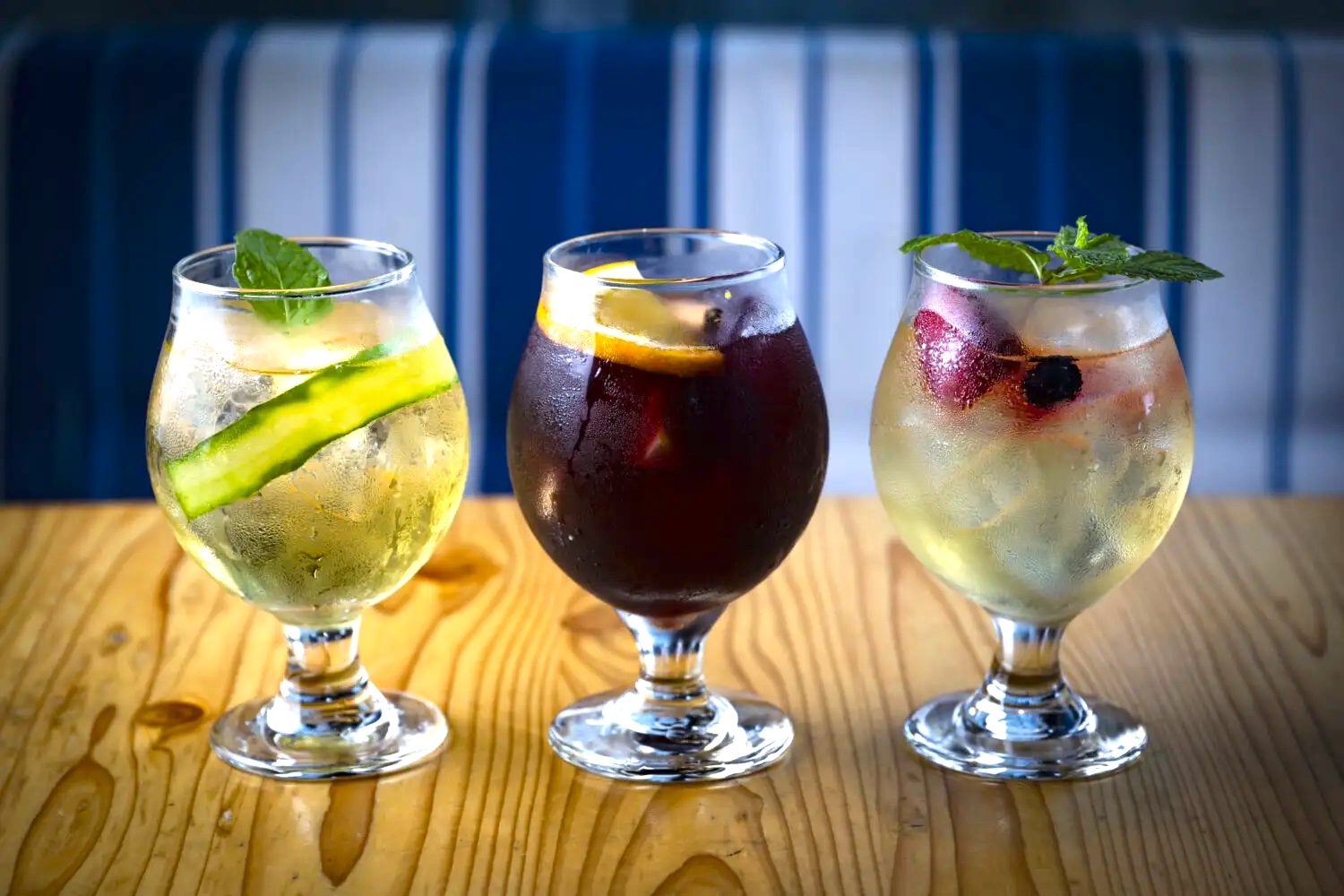
Paella is slowly cooked over an open flame, so it takes some time to prepare. While you wait, enjoy some tapas and sip on a drink like sangria.
From left to right: white wine, red wine, and sparkling wine-based sangrias.
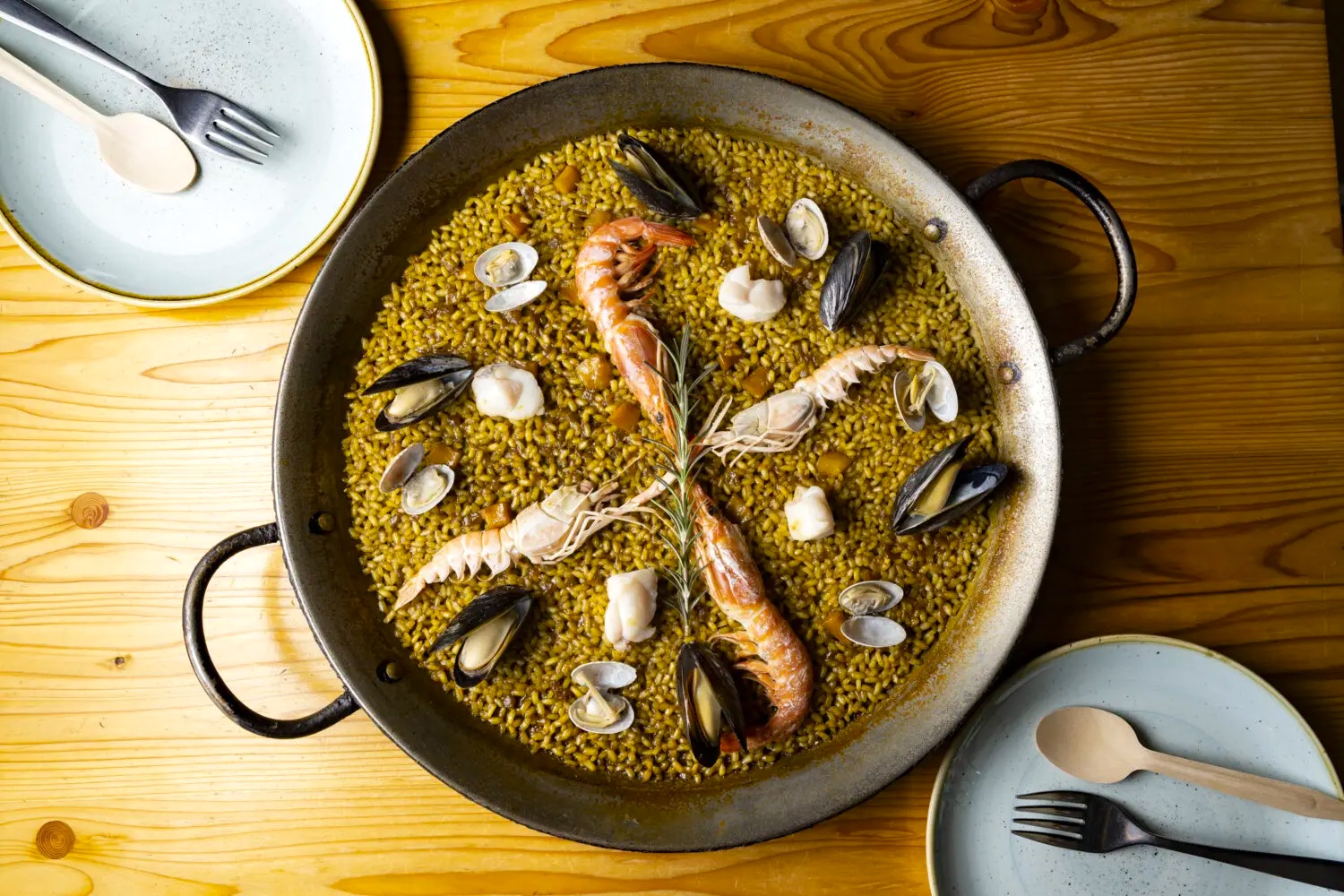
Once the drinks are flowing and the conversation gets lively, freshly cooked paella arrives!
As the lid is lifted, the aroma of seafood and rosemary gently wafts out.
The pot is piping hot, so be careful not to burn yourself!
Eat with a Wooden Spoon
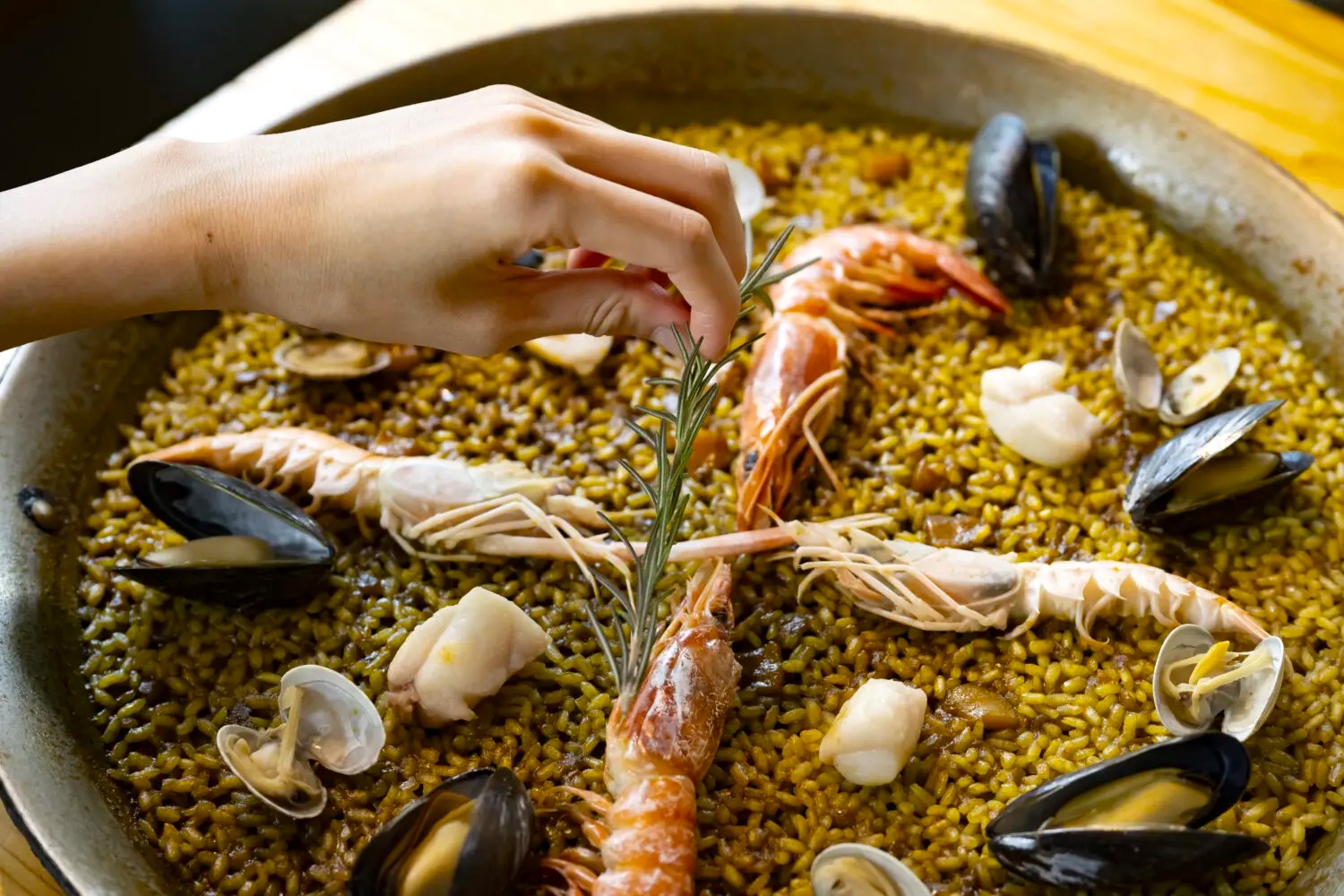
First, remove the rosemary sprig placed on top of the paella.
Spaniards enjoy their meals over two to three hours. Paella is made to stay delicious even after it cools down. Valencia rice, known for its low moisture content, absorbs the savory flavors of seafood, enhancing its taste over time.
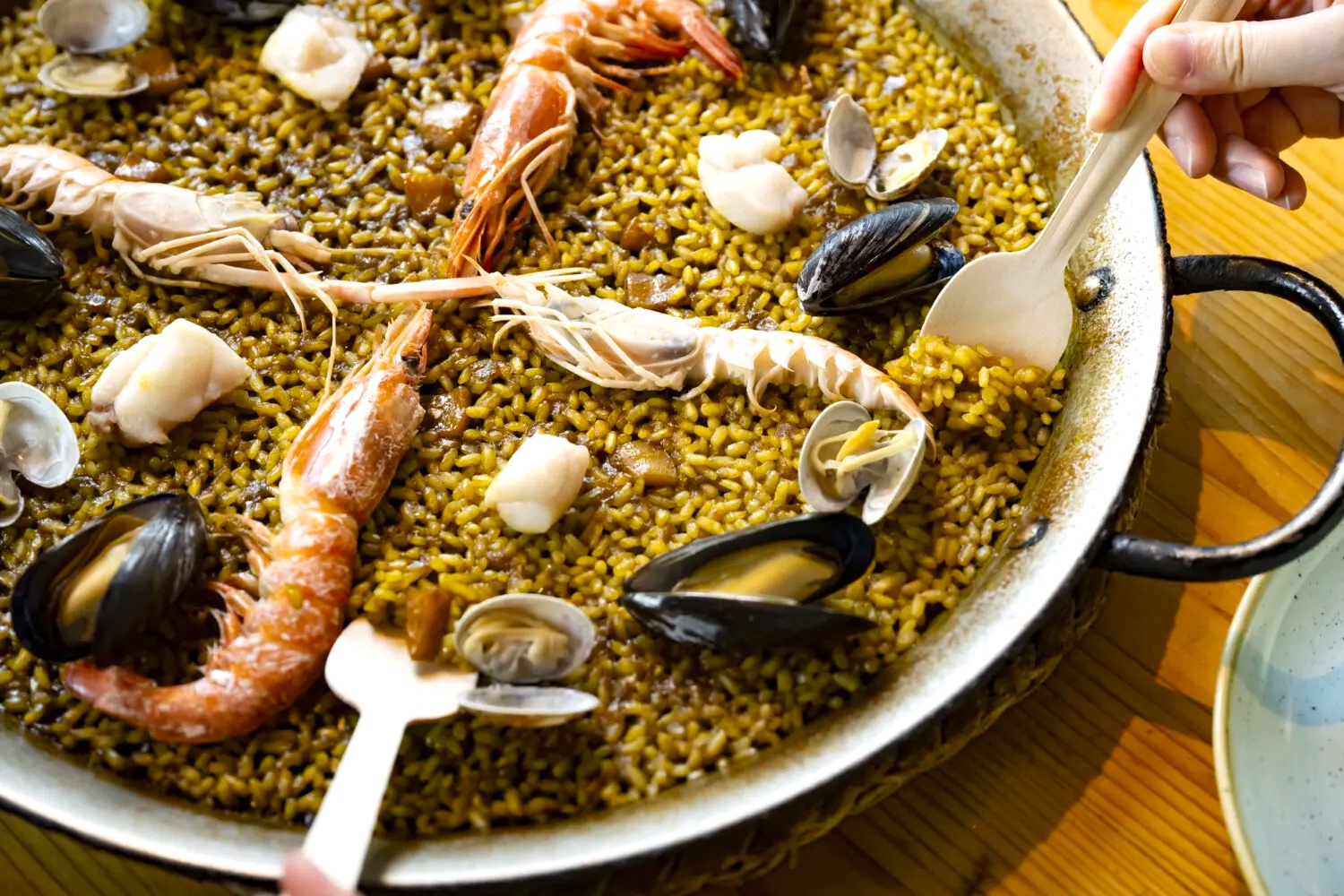
In Spain, it’s customary to eat paella with a wooden spoon, as using a metal one may alter the flavor. From the rosemary to the wooden spoon, it’s clear that Spaniards value the aroma of their dishes.
Eat Shrimp with Your Hands
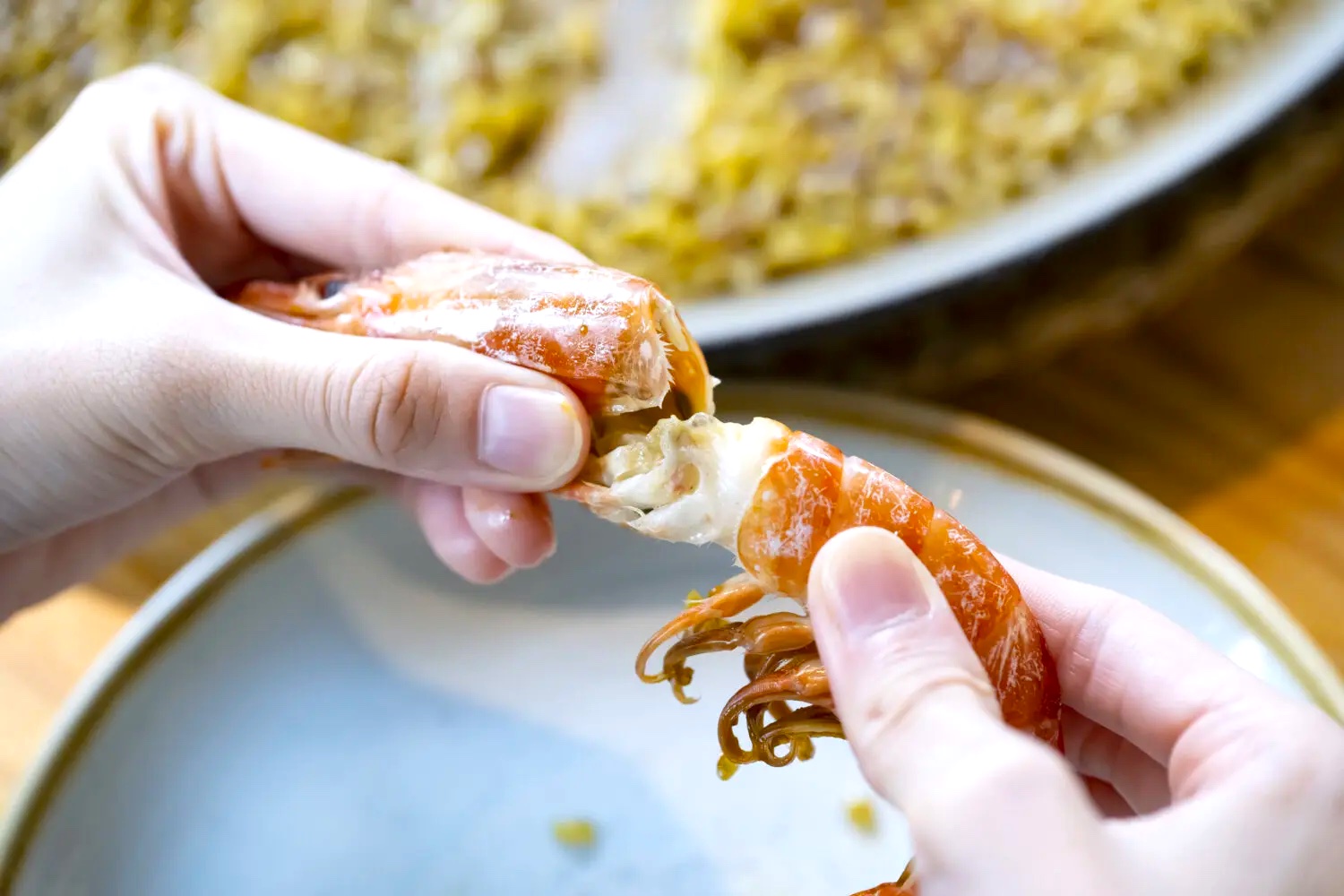
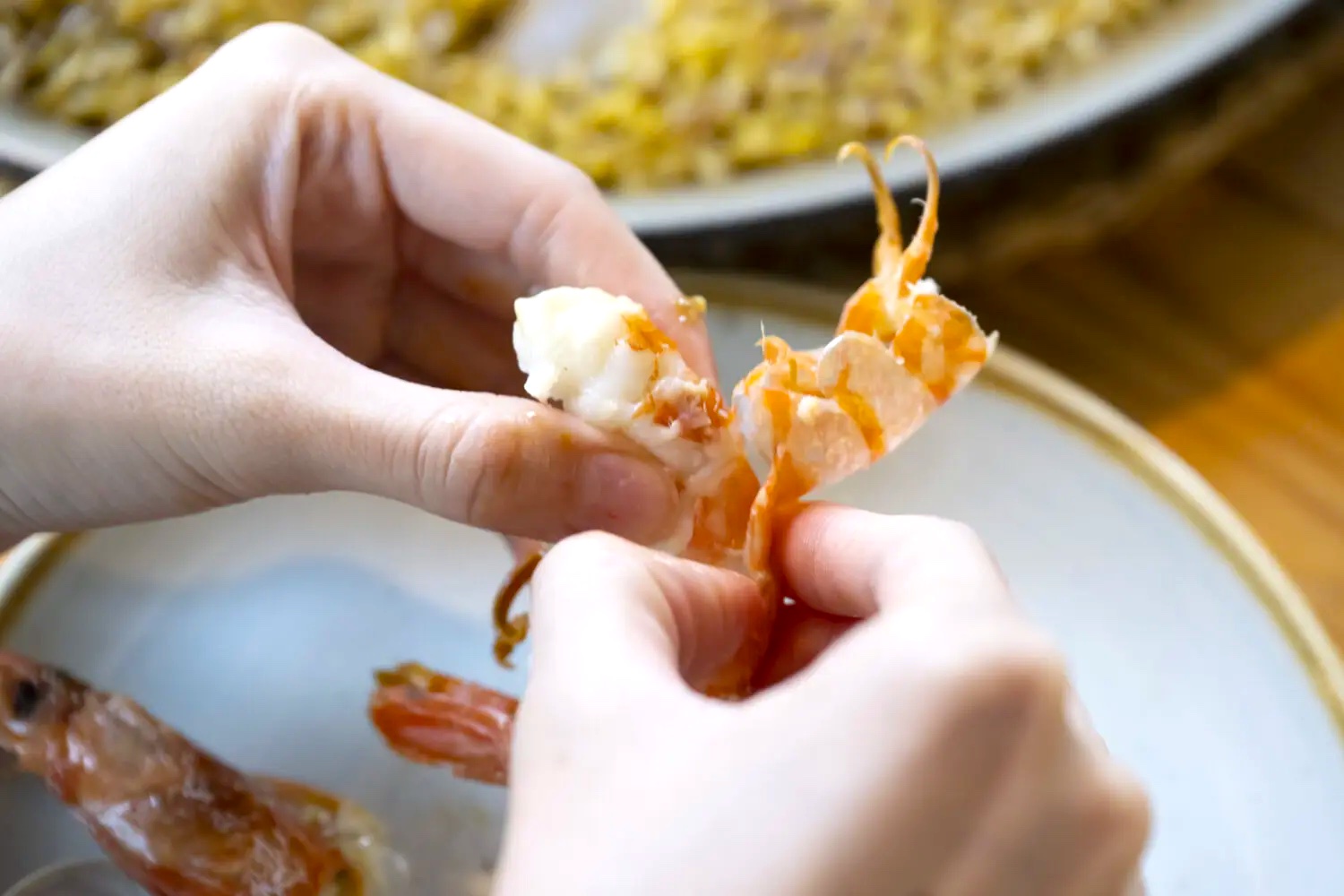
Seafood like shrimp should be picked up and eaten with your hands.
Tear off the shrimp’s head and legs boldly with your fingers.
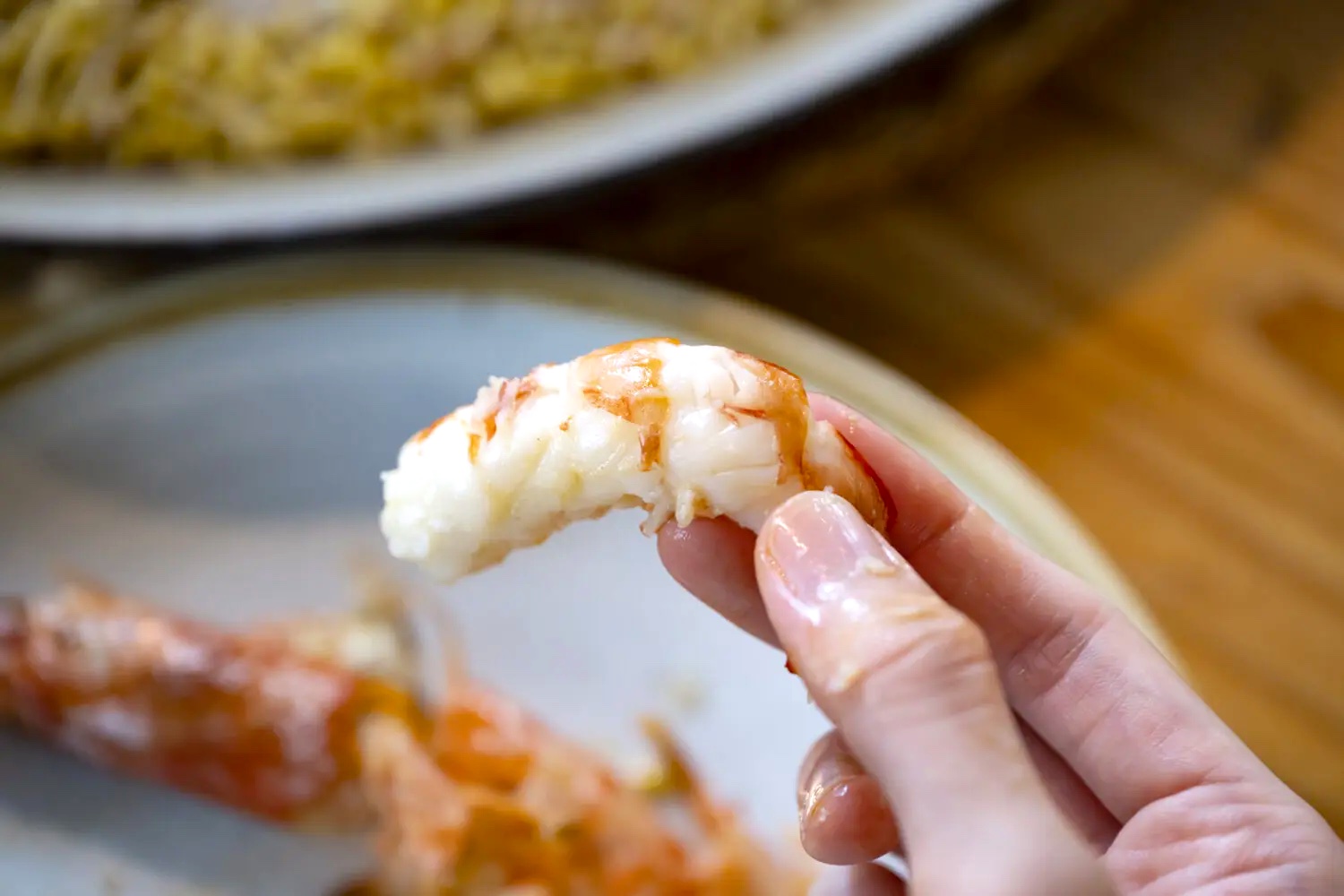
Once you’ve removed the shell cleanly, pop it in your mouth in one bite.
Use an Empty Shell for Mussels
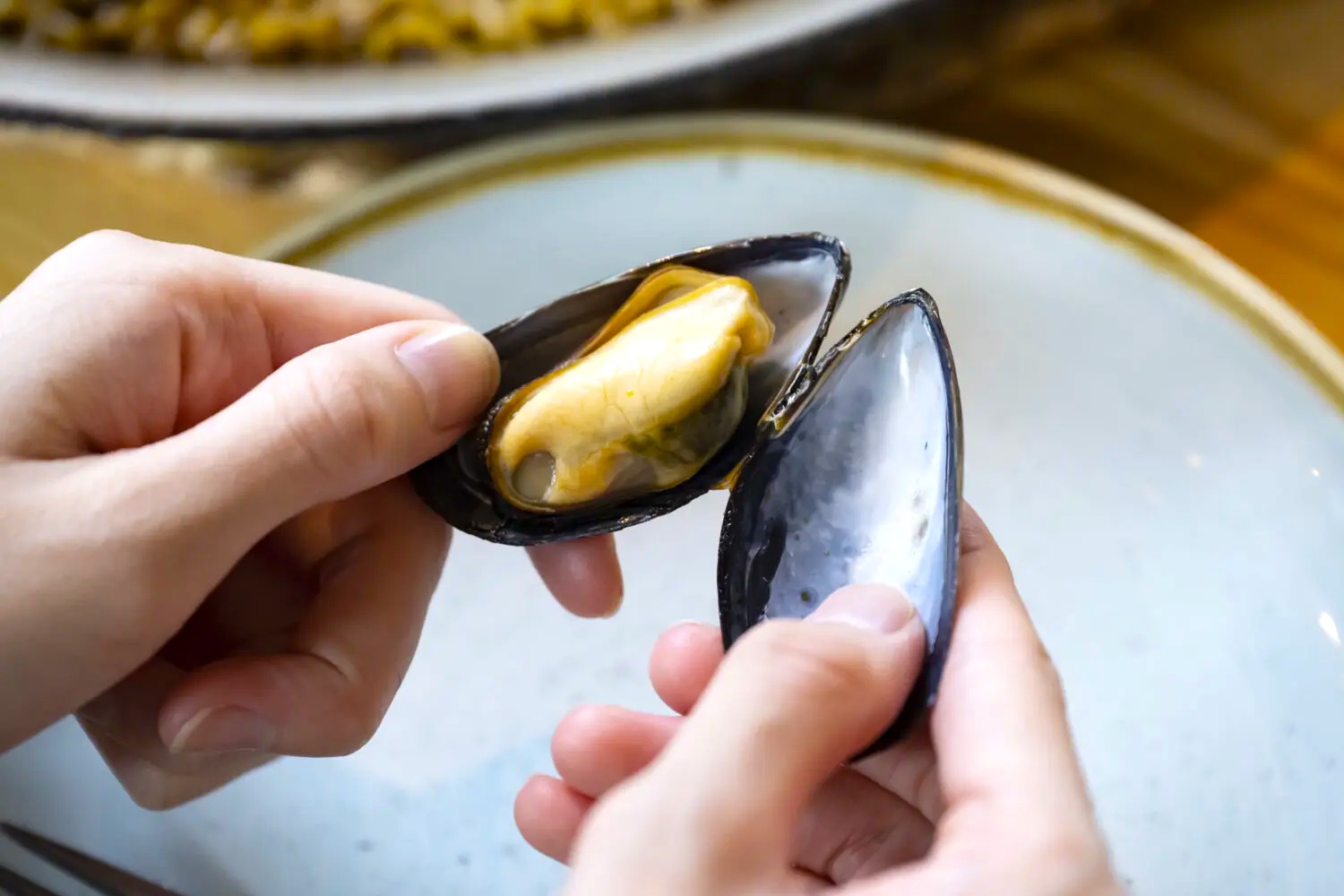
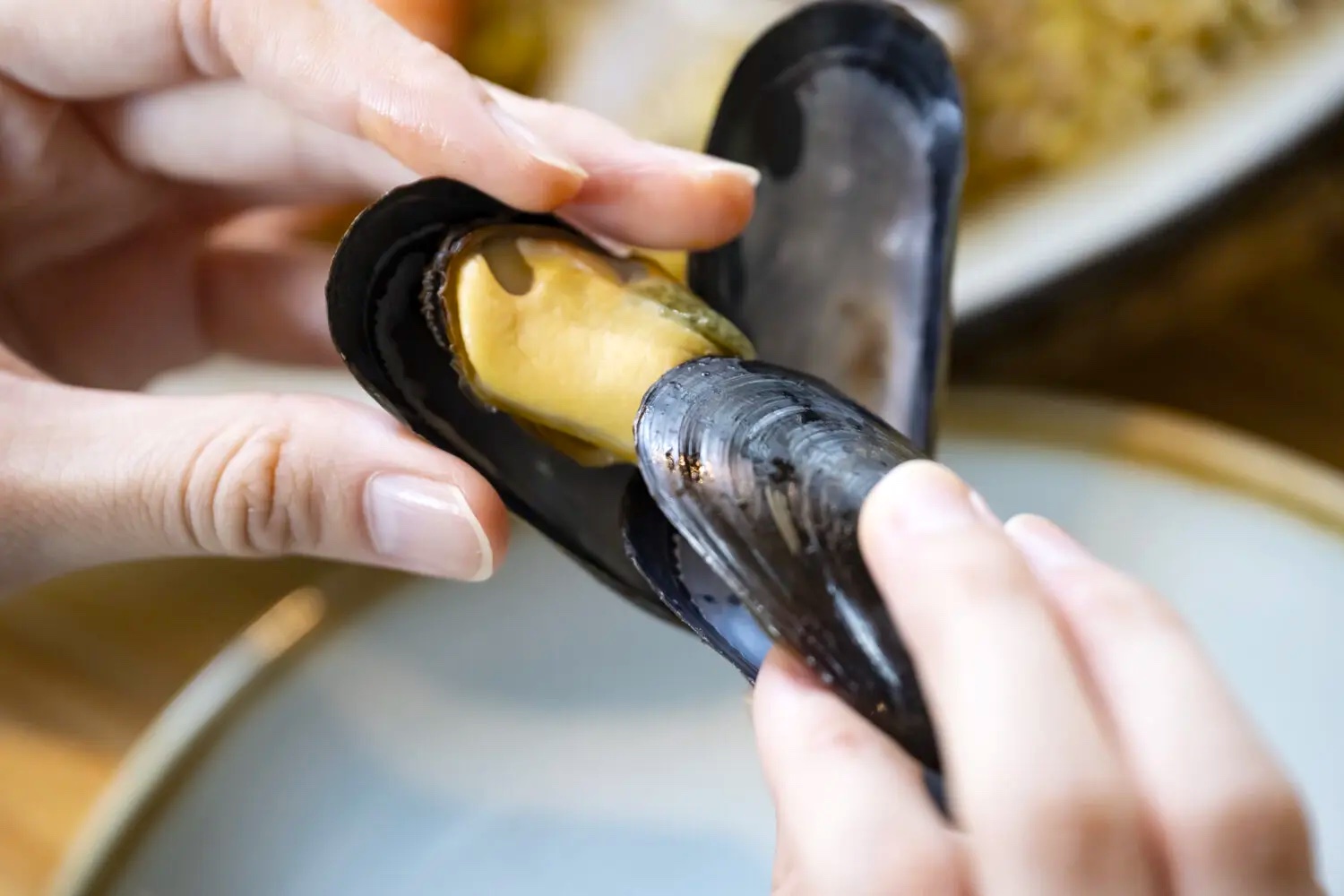
While it’s perfectly fine to eat mussels with a fork, it looks quite stylish to use an empty shell to pinch and eat the meat.
Add Flavor to Your Own Portion Only
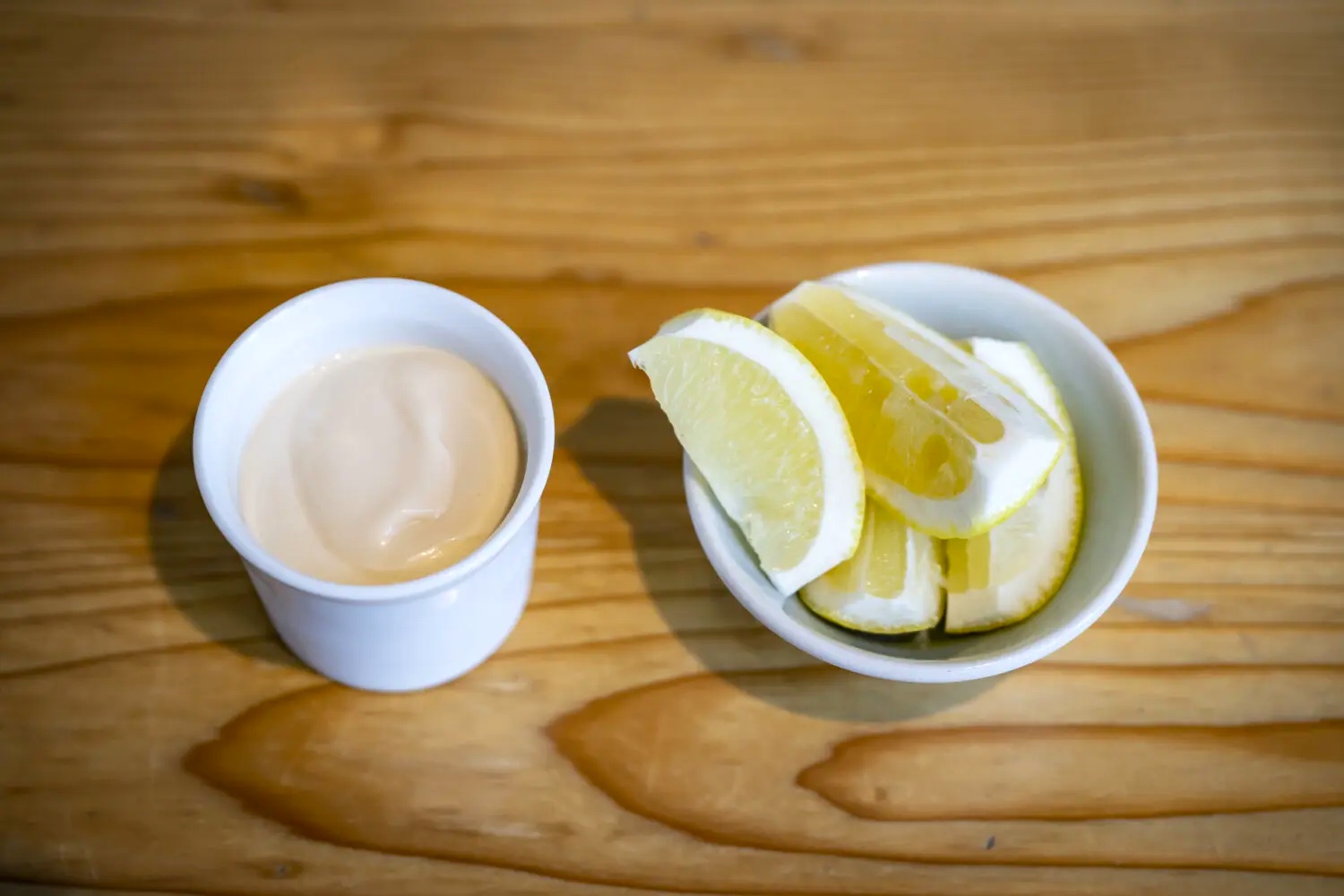
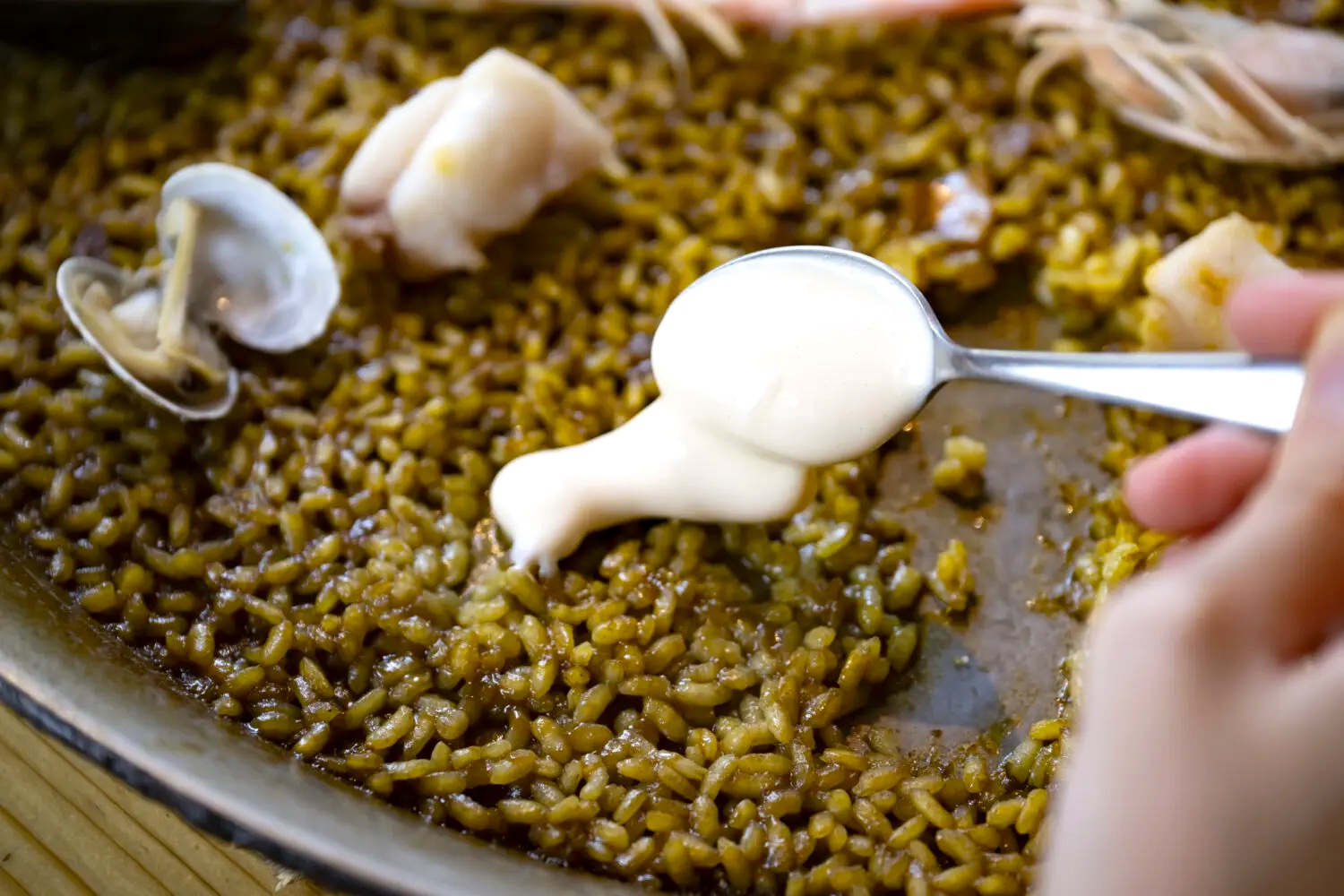
You can enhance your paella with aioli sauce and lemon.
Aioli sauce varies by restaurant and chef. At “Chiringuito Escribà,” it’s a garlic mayonnaise. Be sure to add it only to the portion you’re eating.
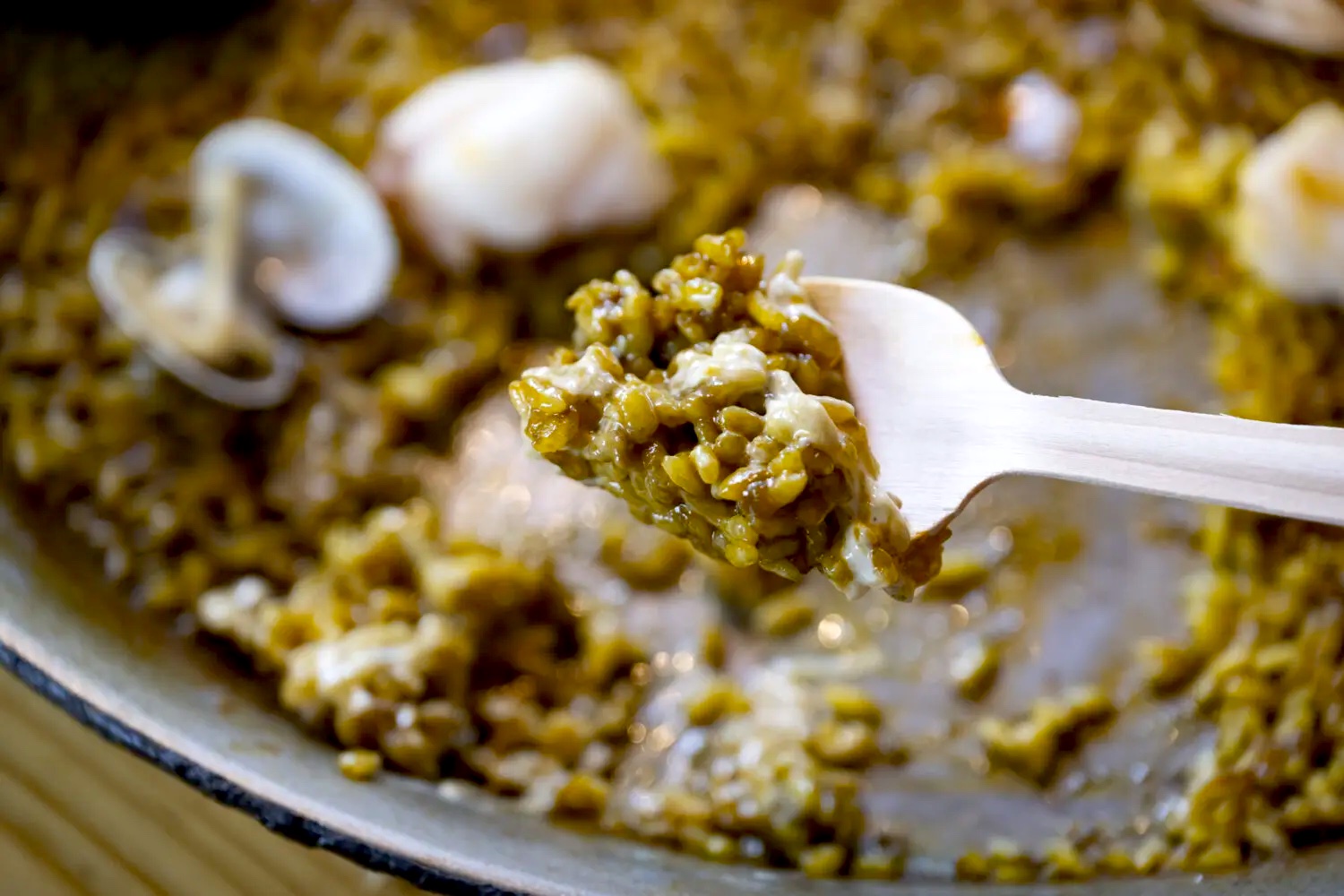
It pairs perfectly with the aioli sauce!
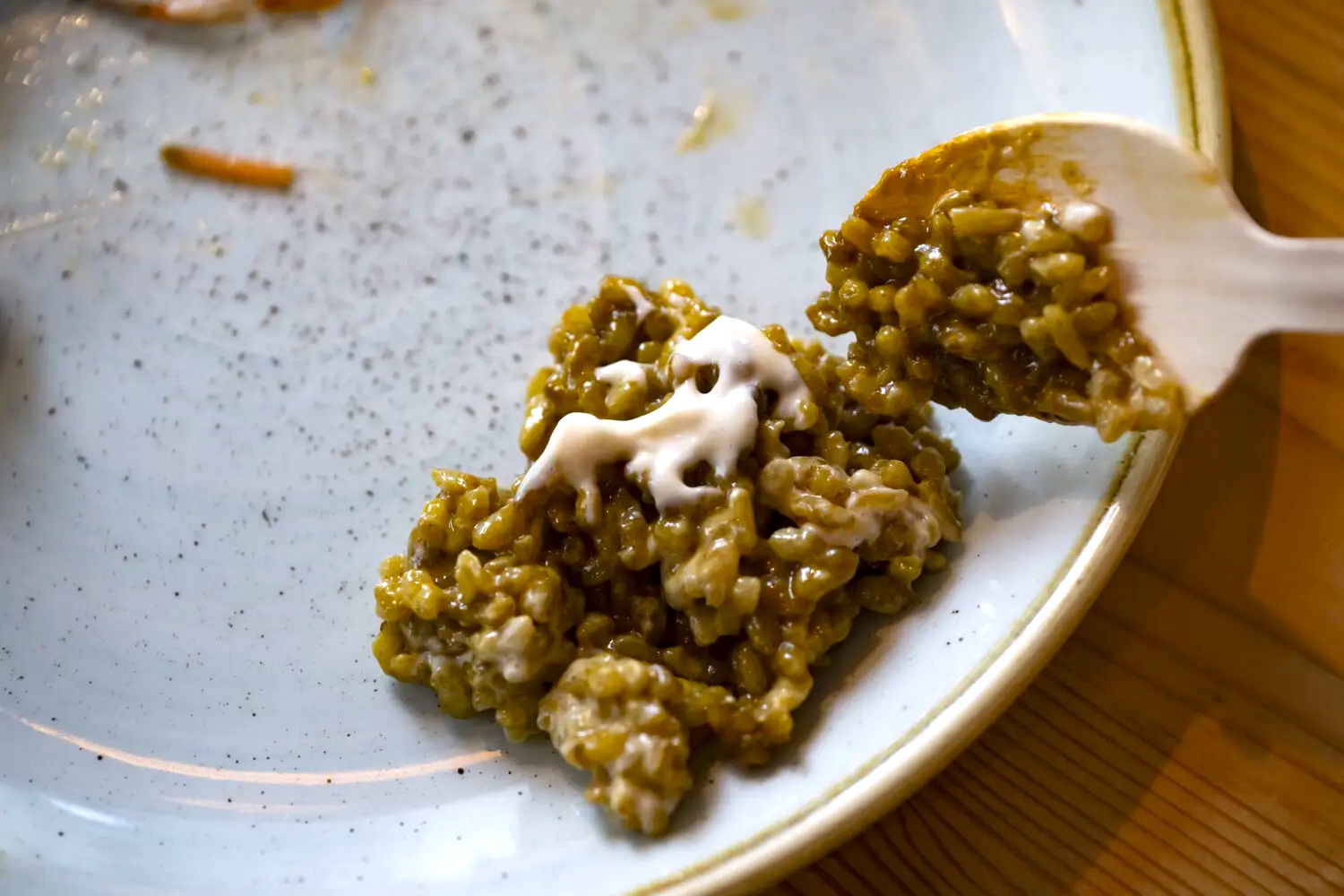
Transfer some paella to your individual plate and add the sauce there if you prefer.
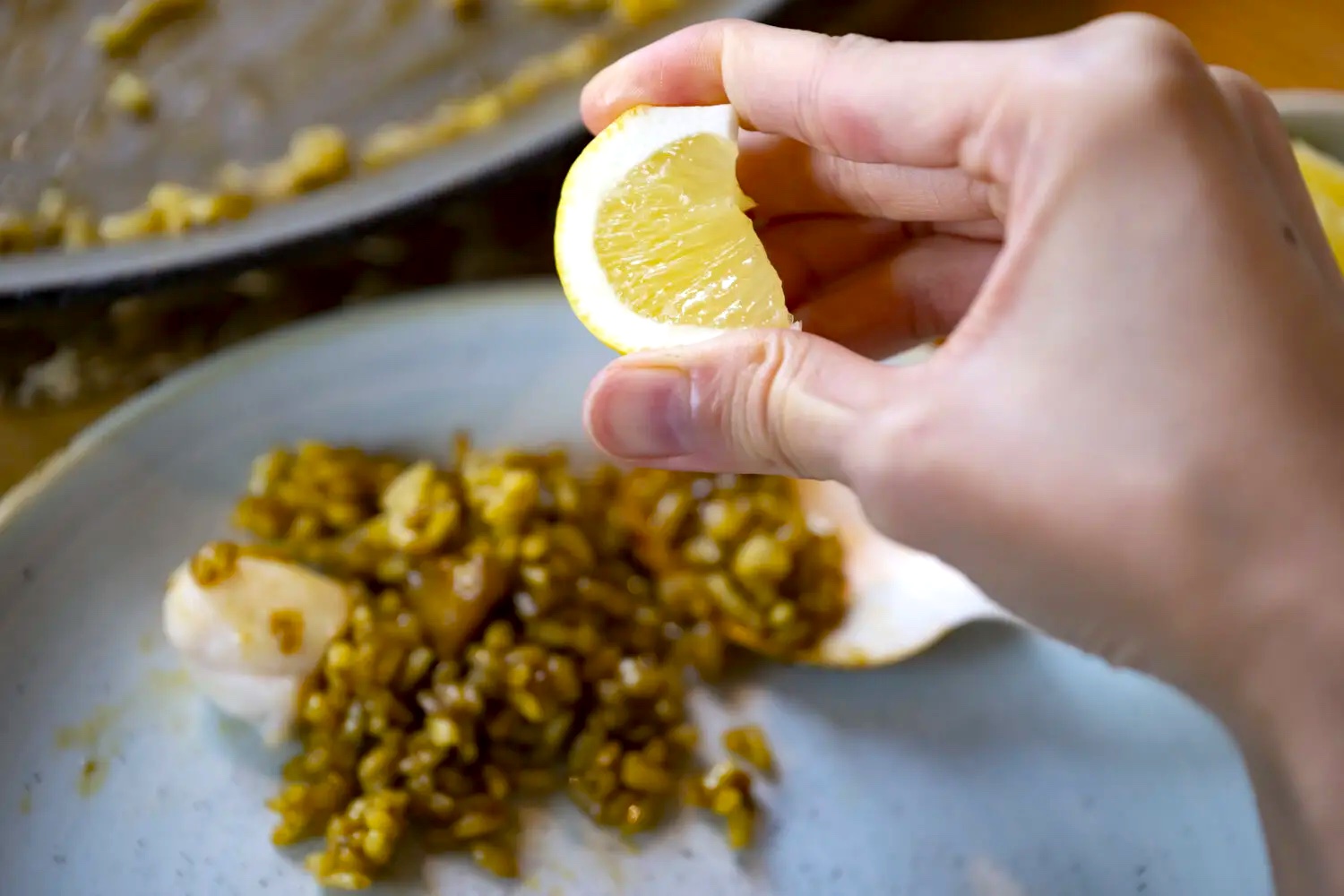
Just like with the sauce, add lemon only to your own portion.
When squeezing lemon, point the peel side downward to release more fragrance.
Save the Crispy Bits for Last
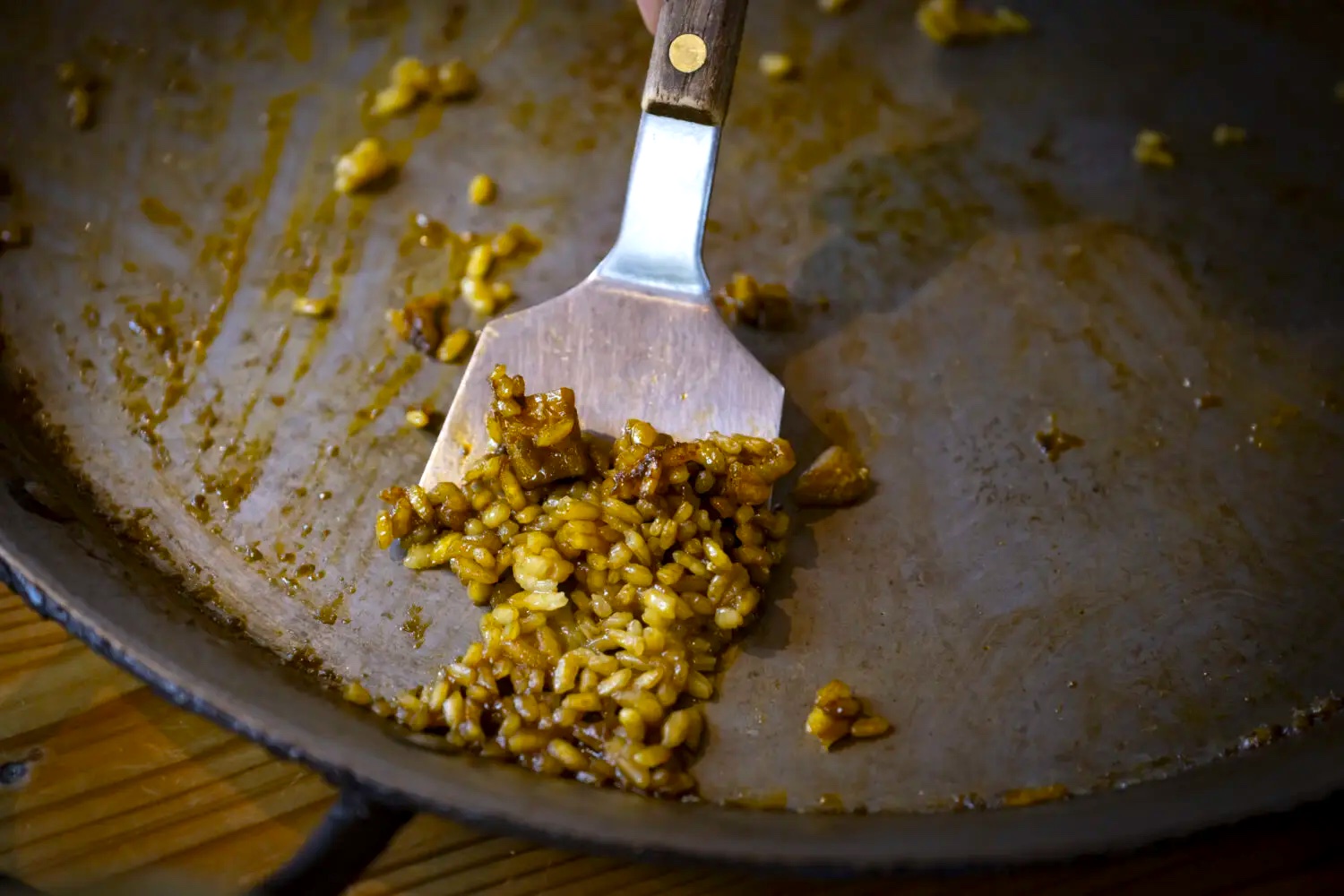
One of the best parts of paella is the crispy layer at the bottom.
Packed with concentrated seafood flavor, it’s simply too good to waste! Use a spatula to scrape and enjoy it at the end.
Enjoy Spanish Drinks
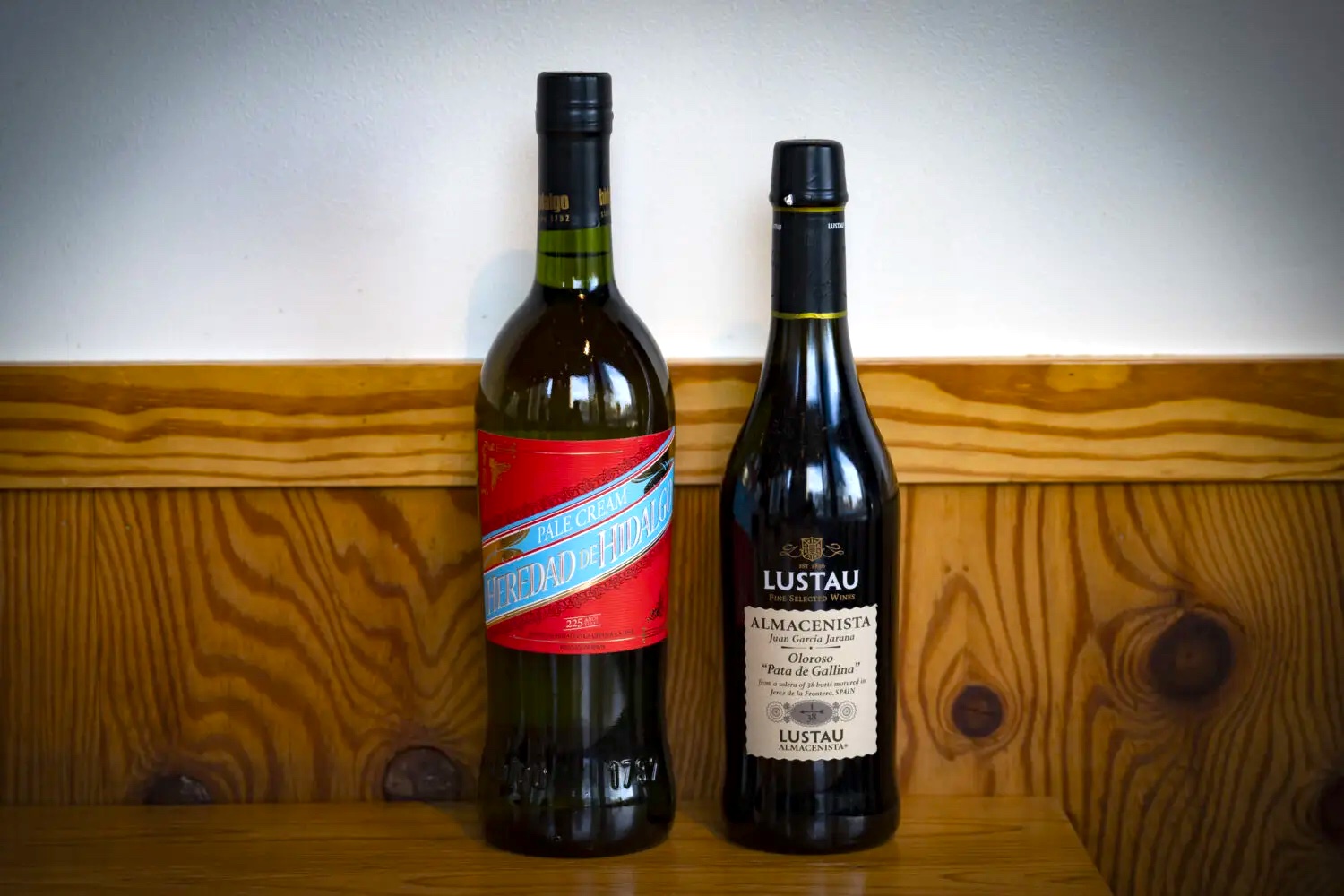
After the wine, consider trying a stronger digestif like sherry.
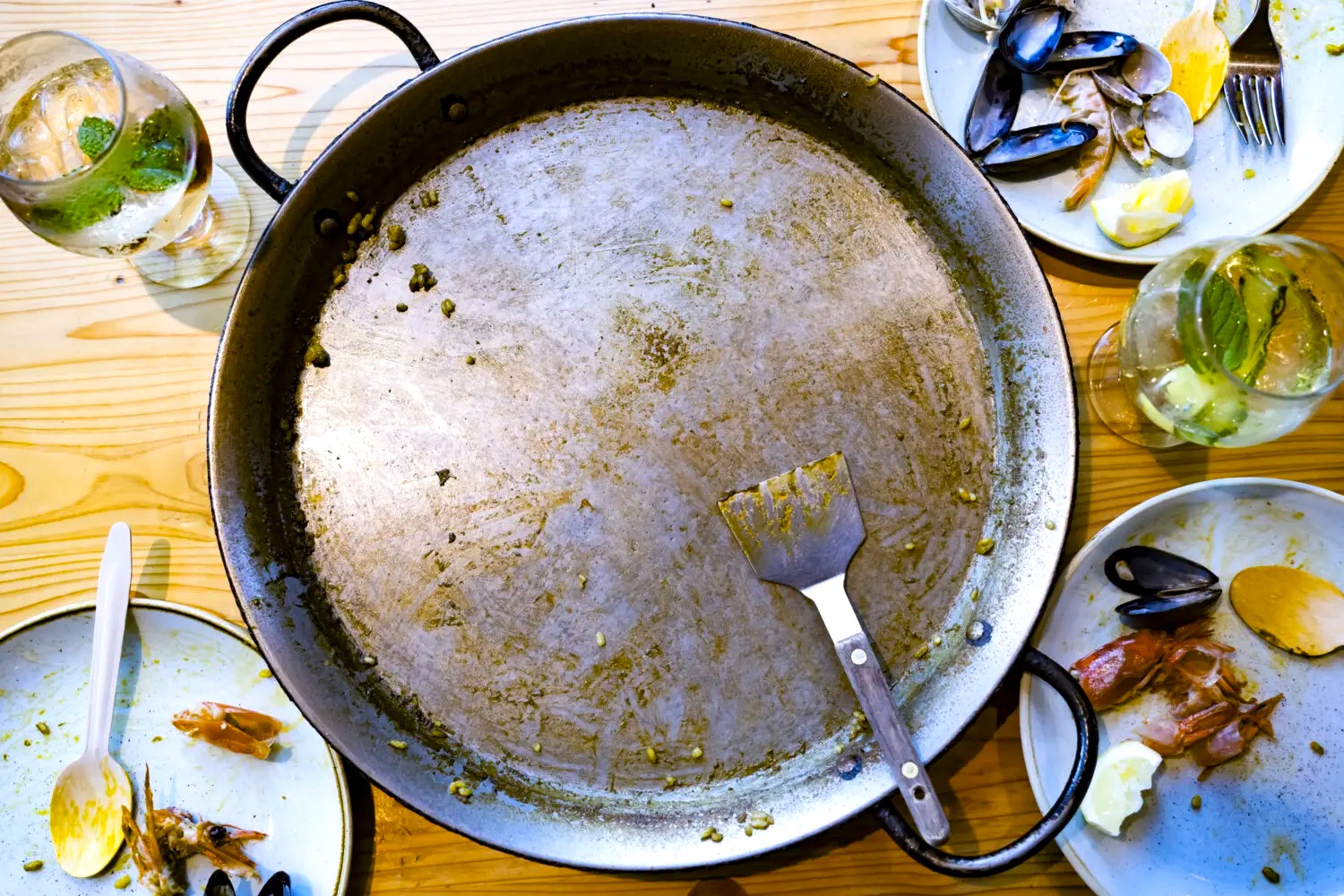
One of paella’s charms is that it stays delicious even after cooling down.
Japanese people often rush through lunch, but why not take your time on a weekend and enjoy Spanish cuisine with a drink or two? Be sure to try out the paella eating tips we introduced here!
The first Japanese branch of a seafood restaurant that originally opened in Barcelona, Spain in 1992. To faithfully recreate the authentic flavors, the restaurant uses domestically grown Valencia rice and carefully cooks the paella over an open flame. This dedication has earned widespread acclaim. The featured dish is the “Escribà.”
*The information is based on the time of reporting or creation, and may differ from the current situation.
tags:
share:










